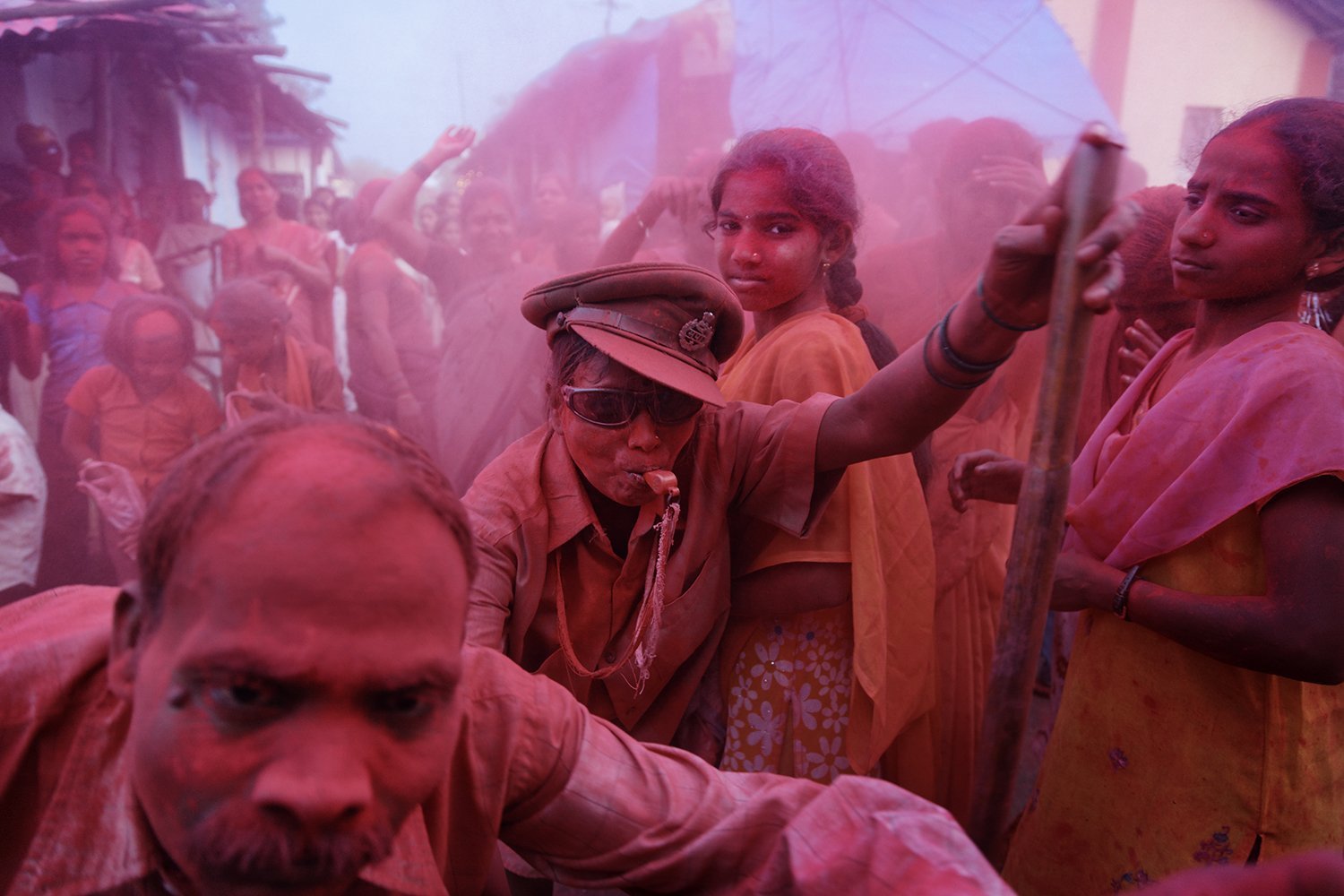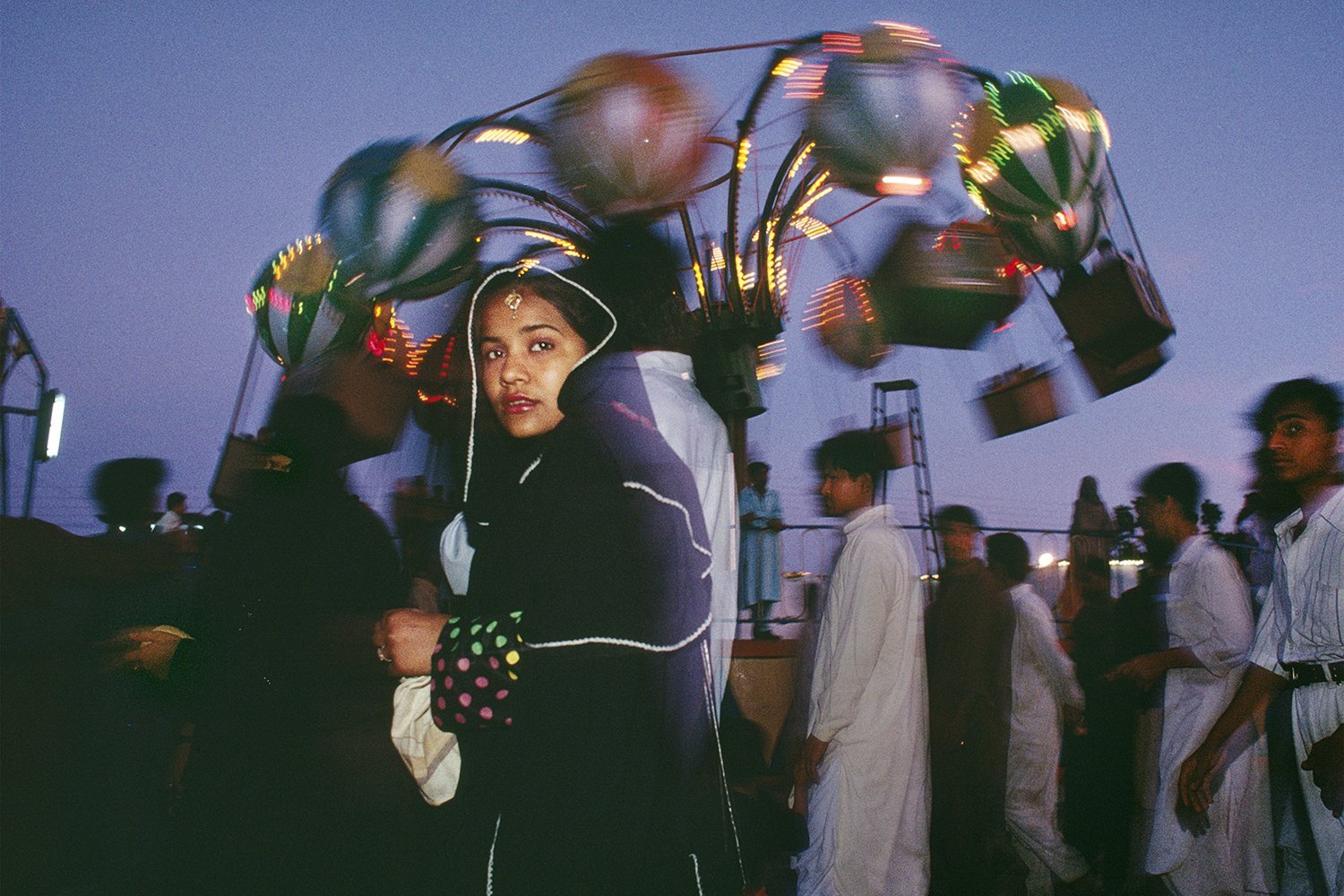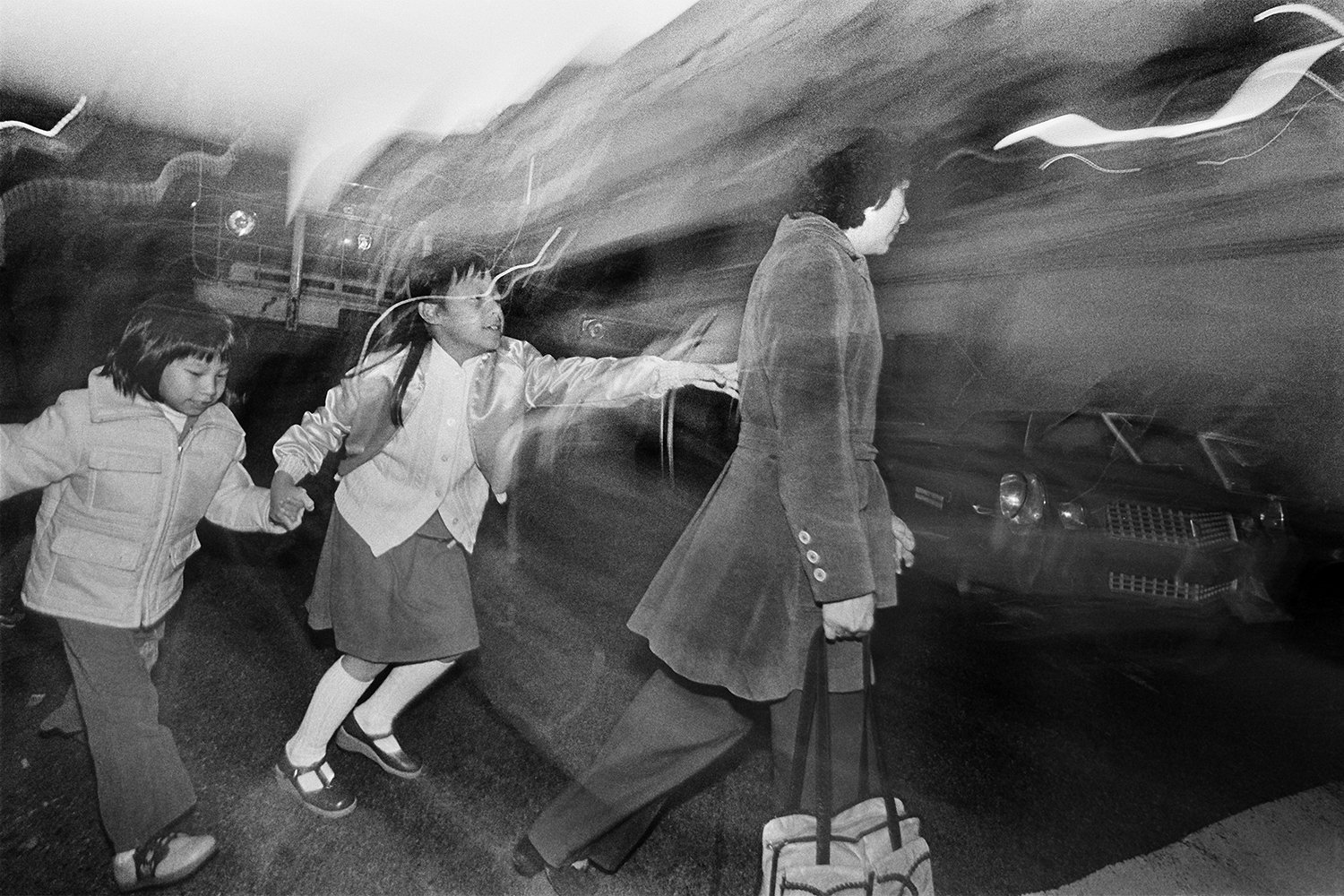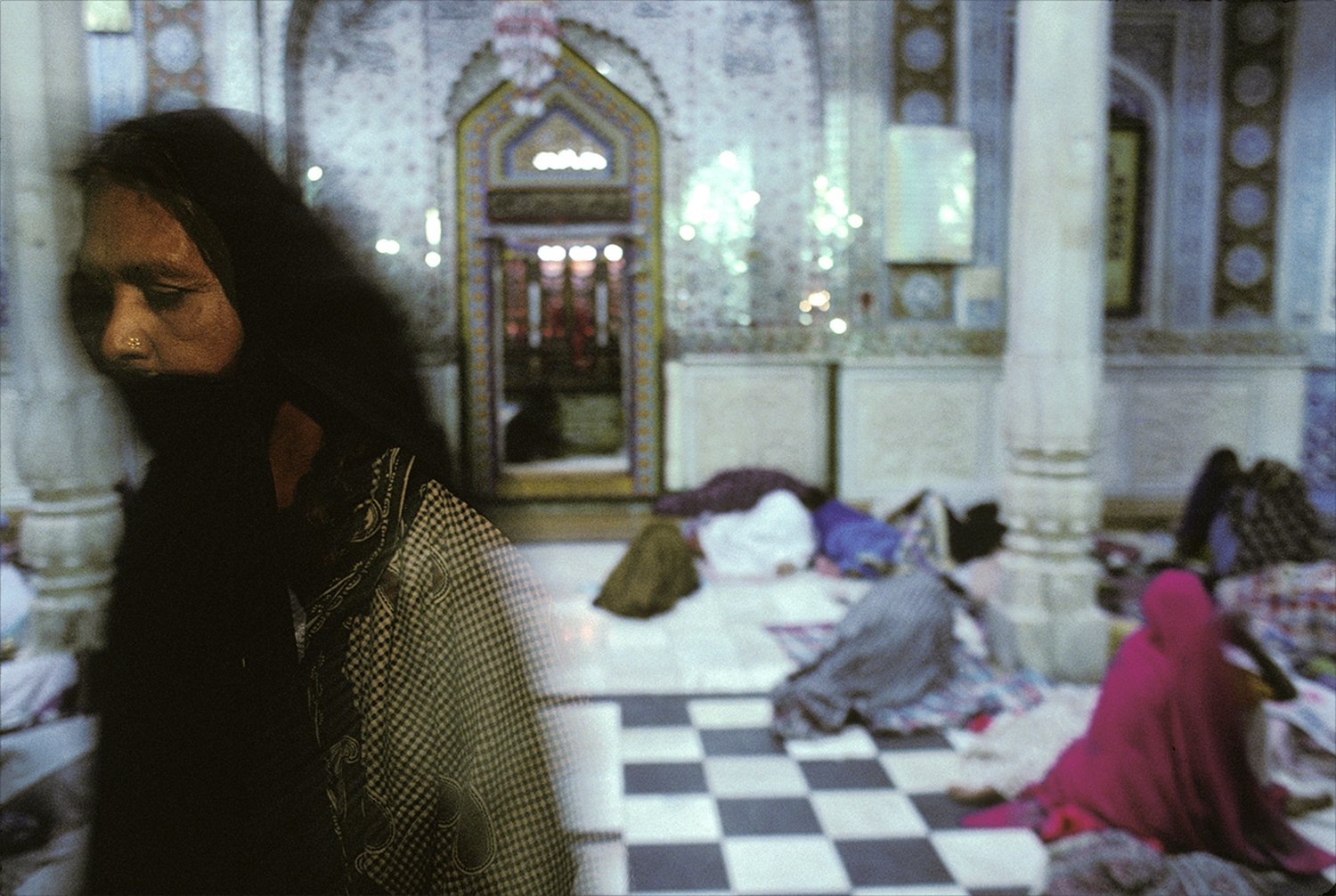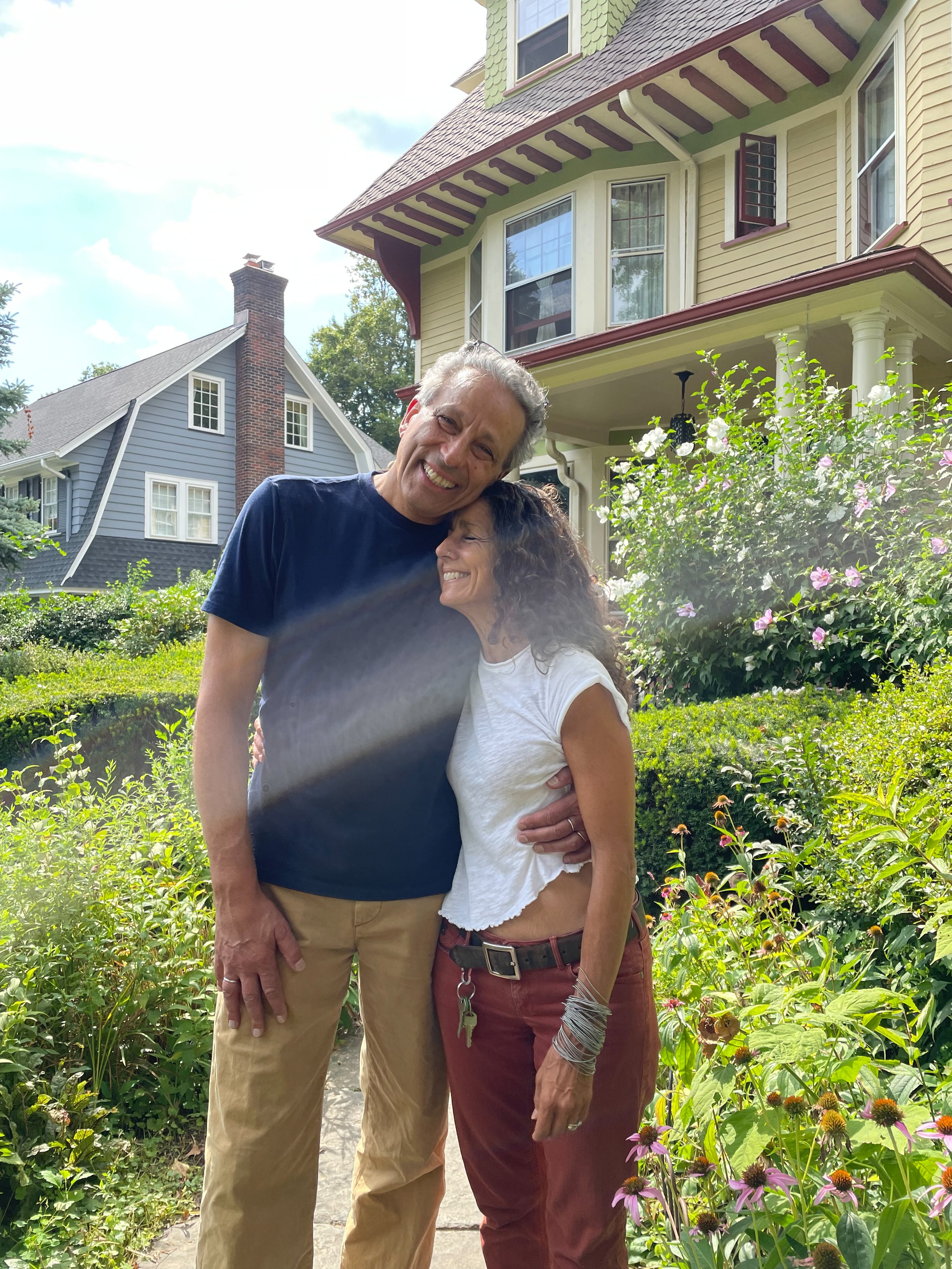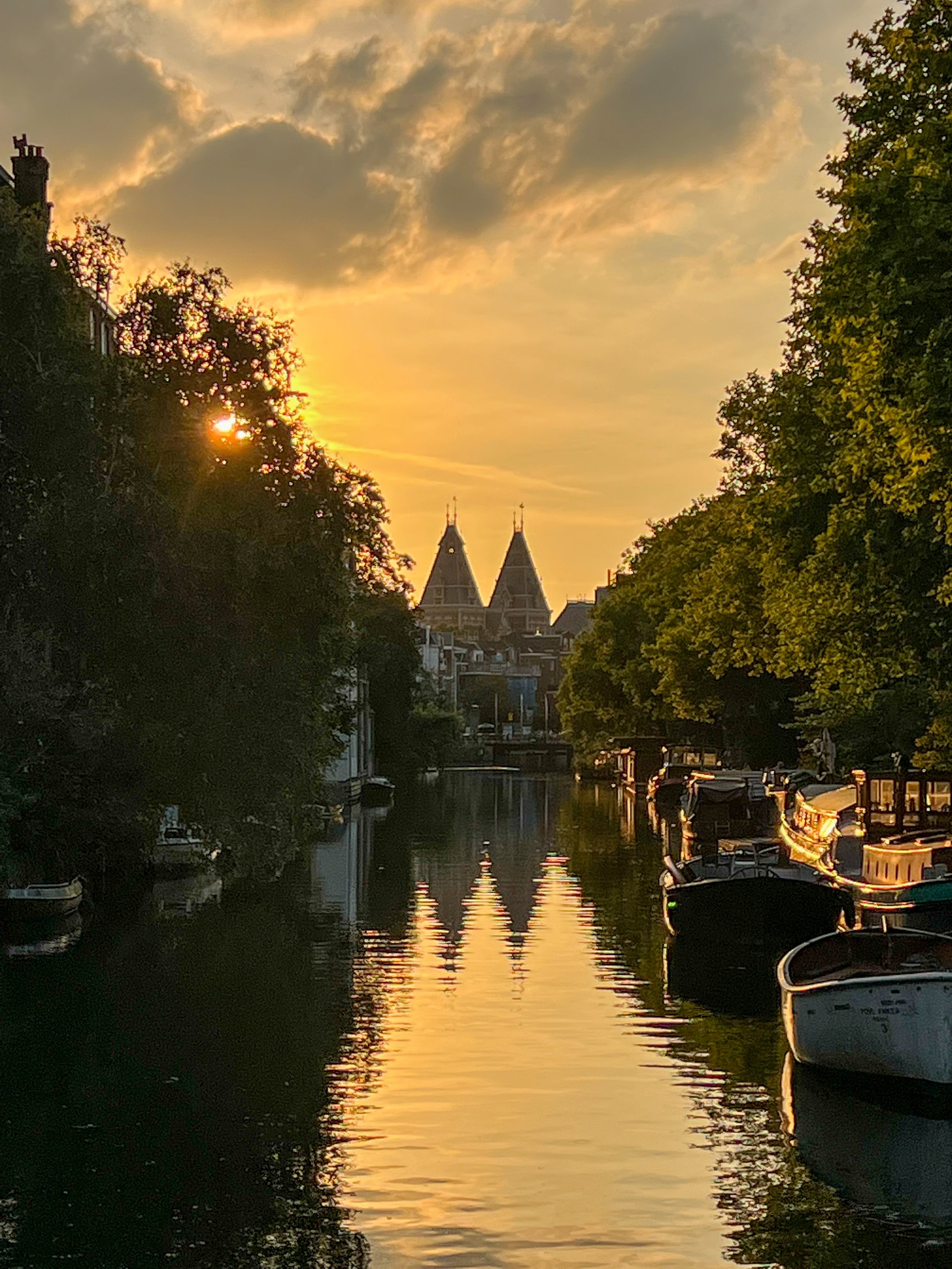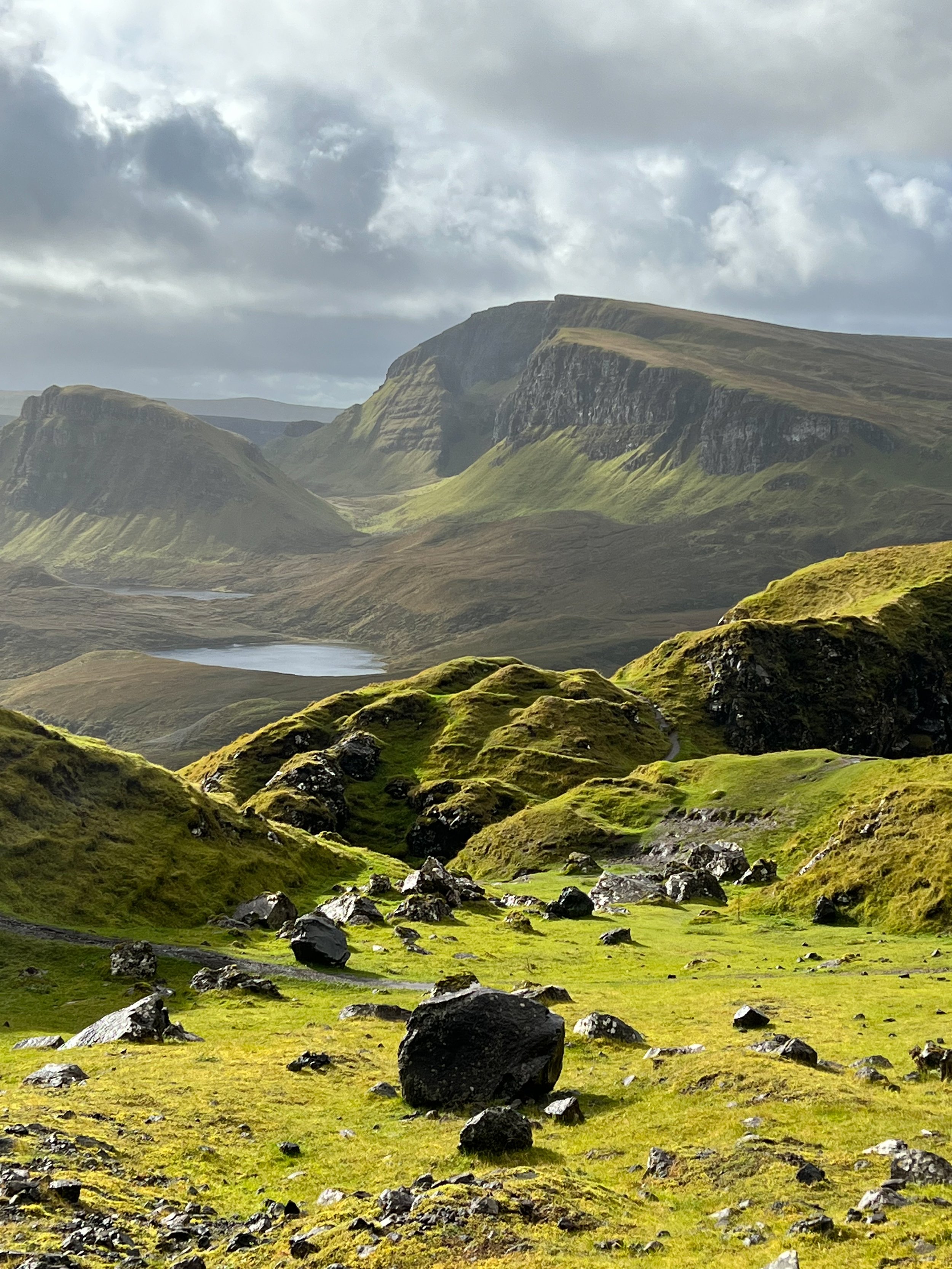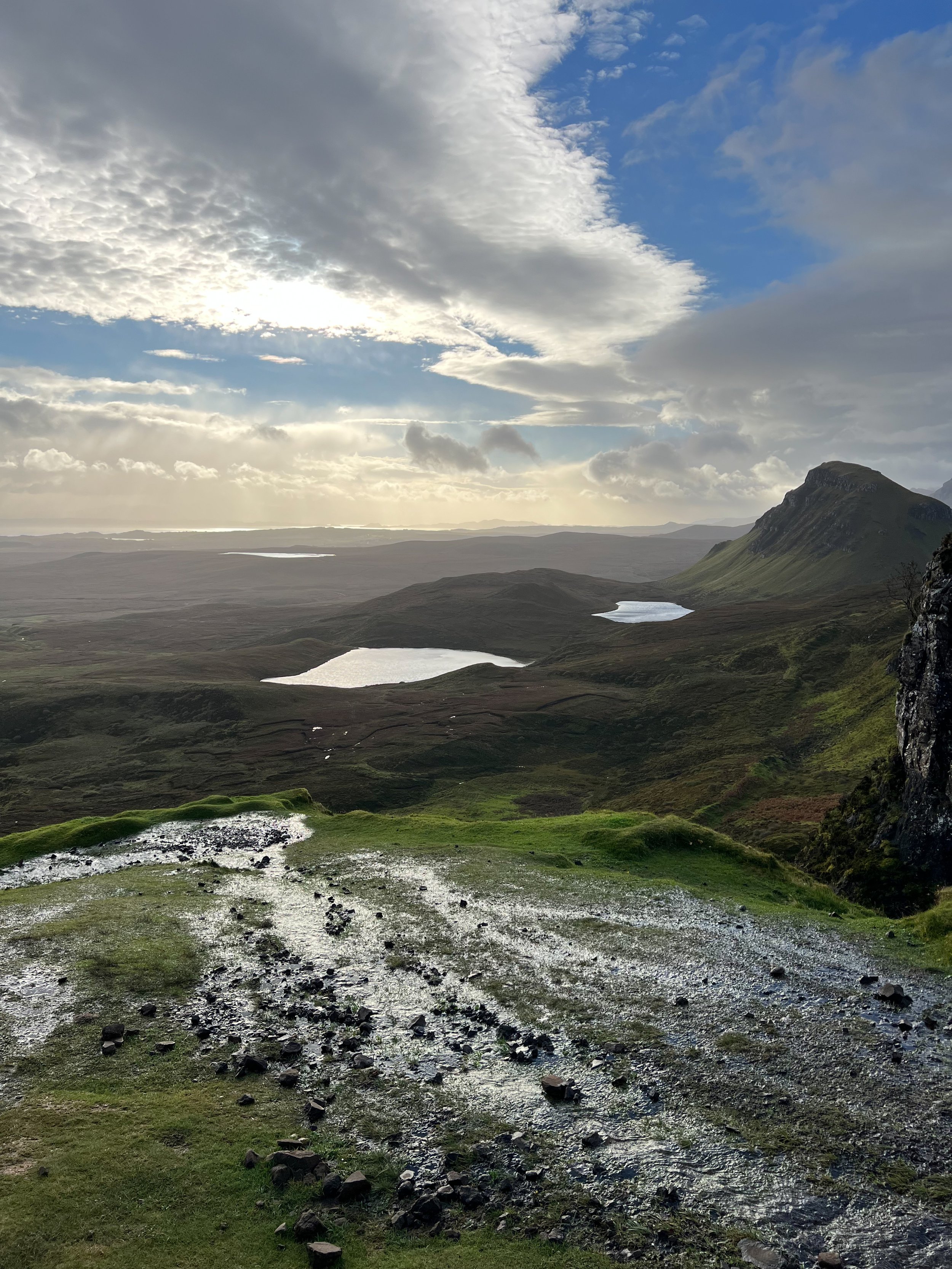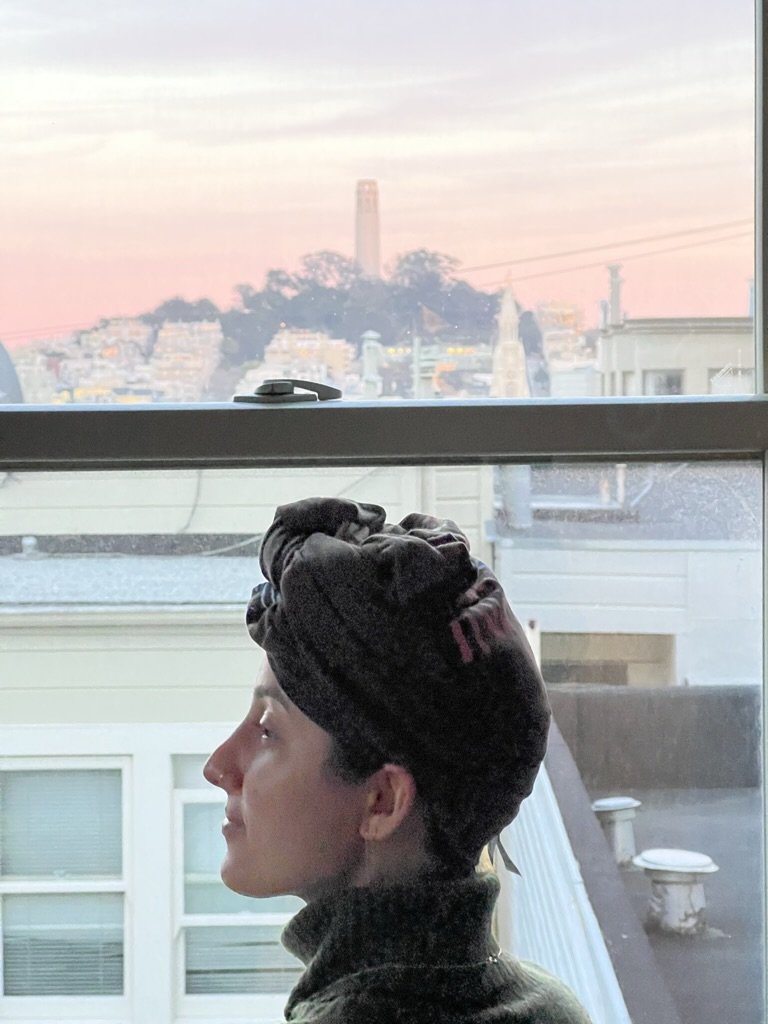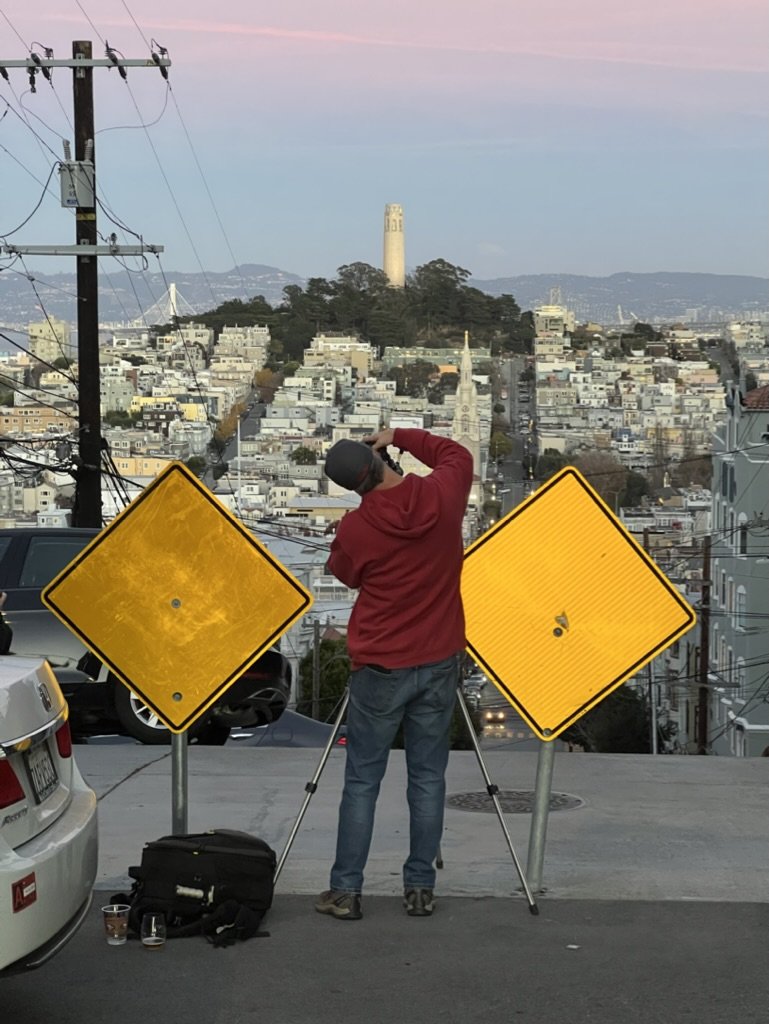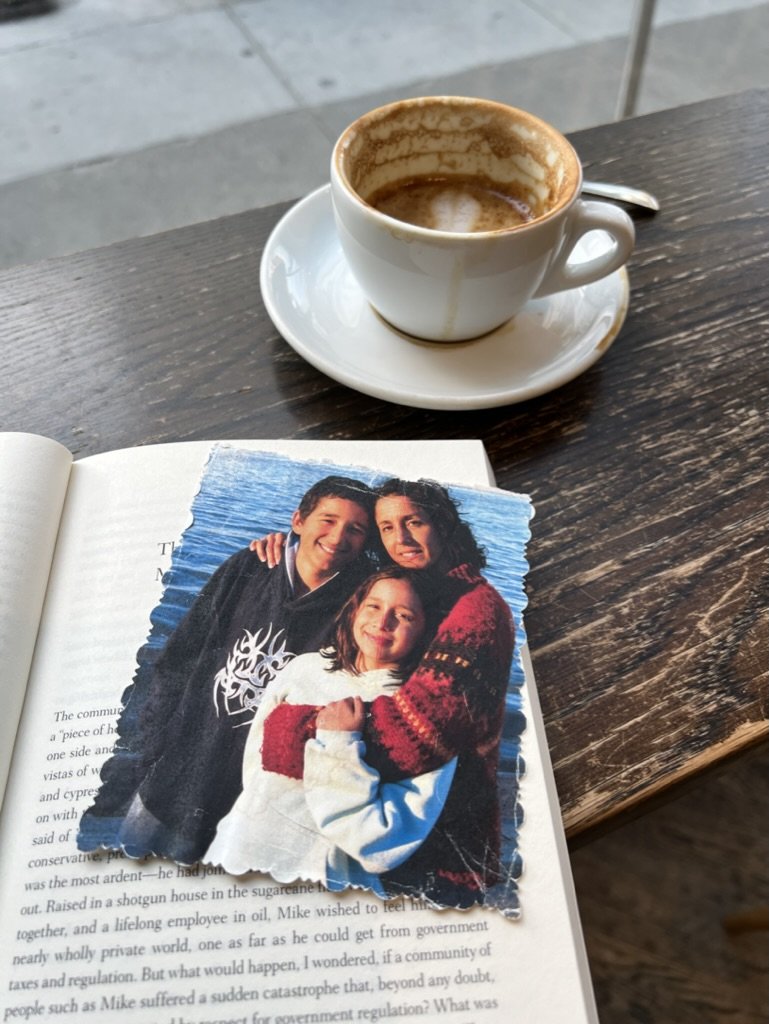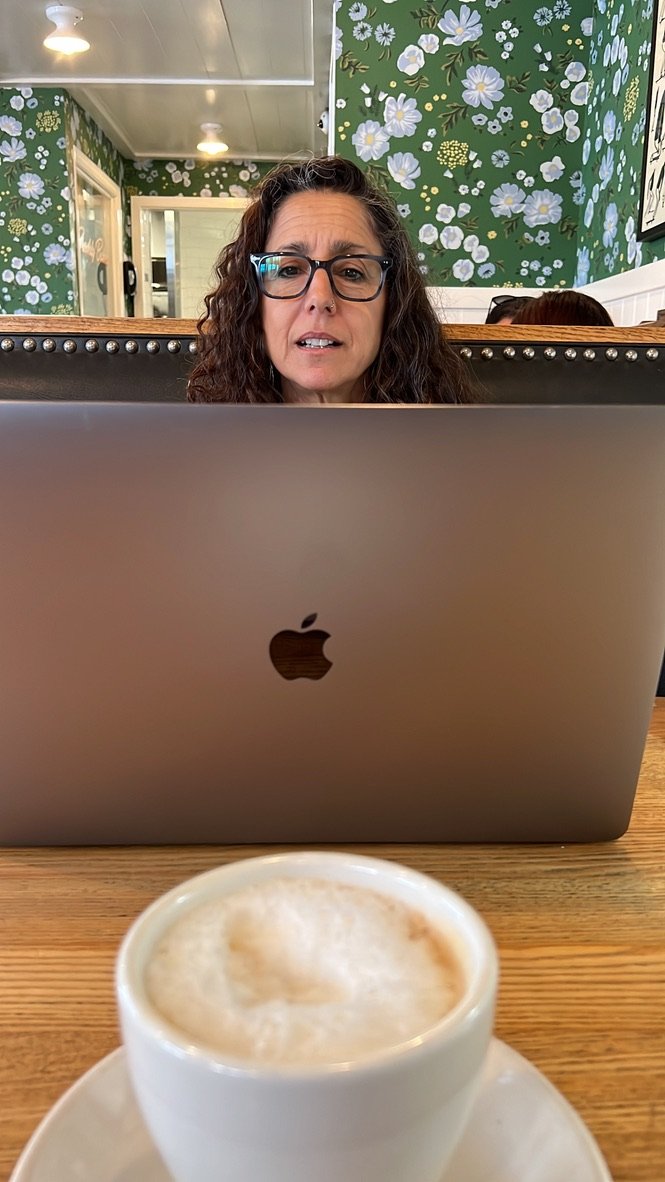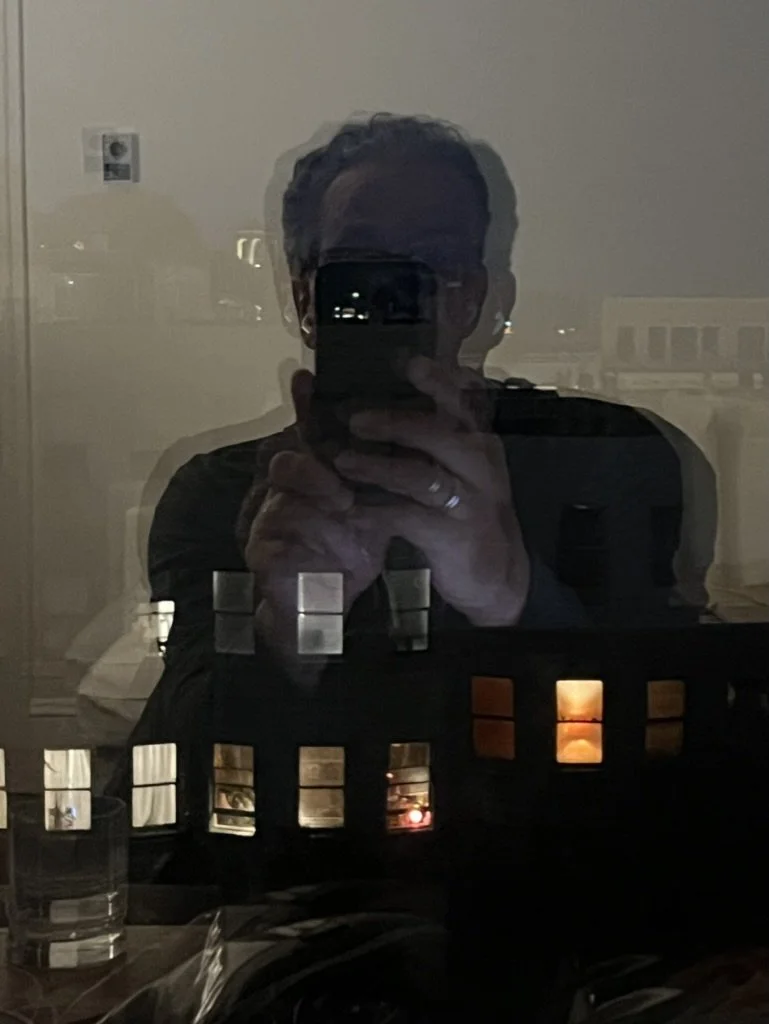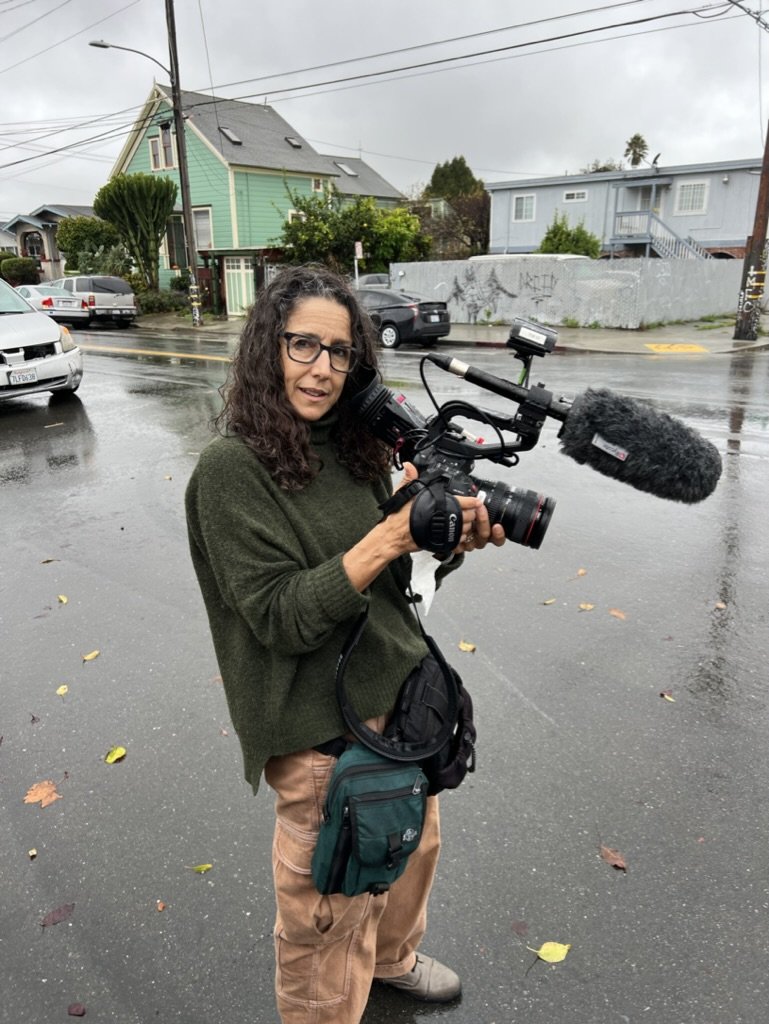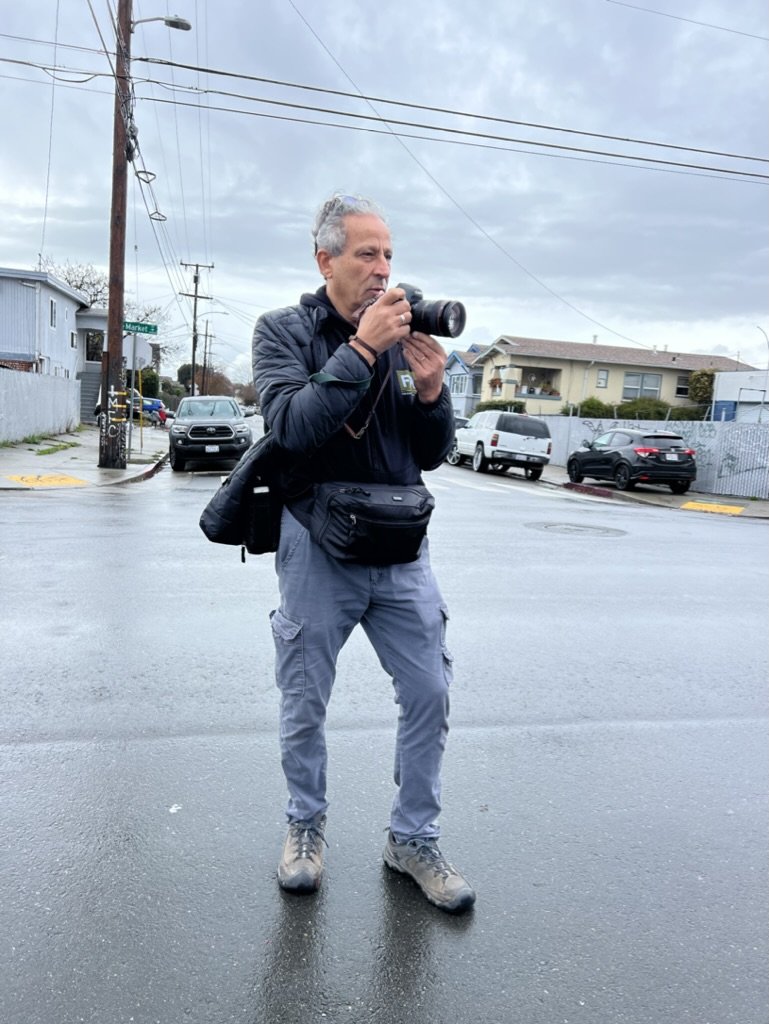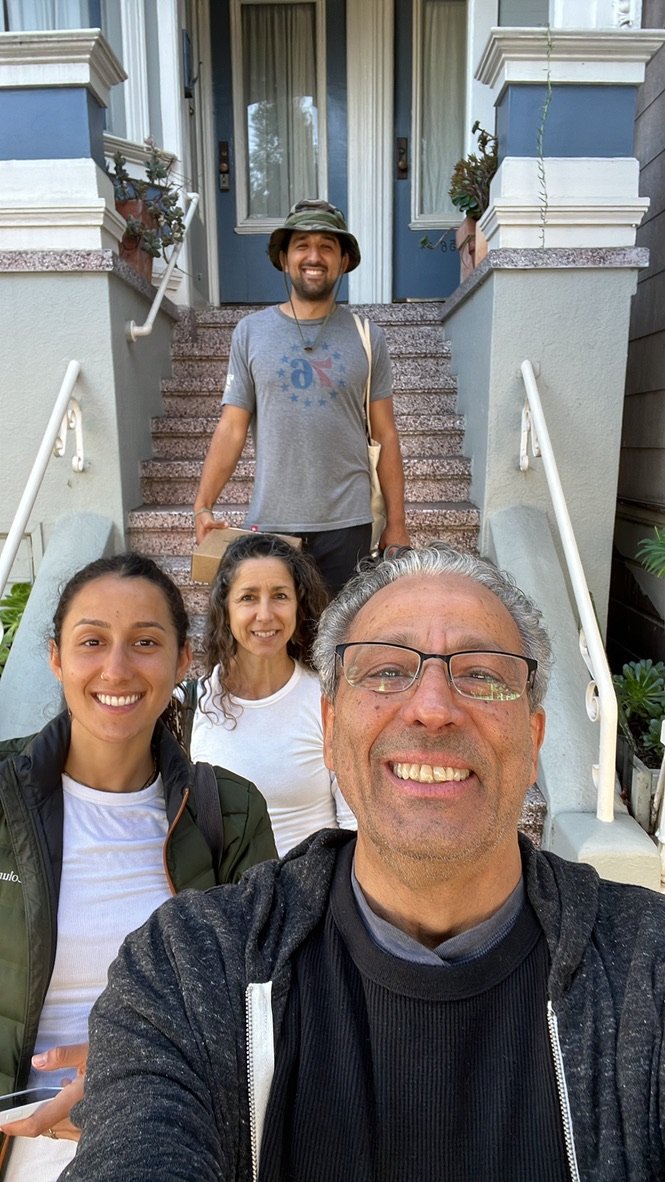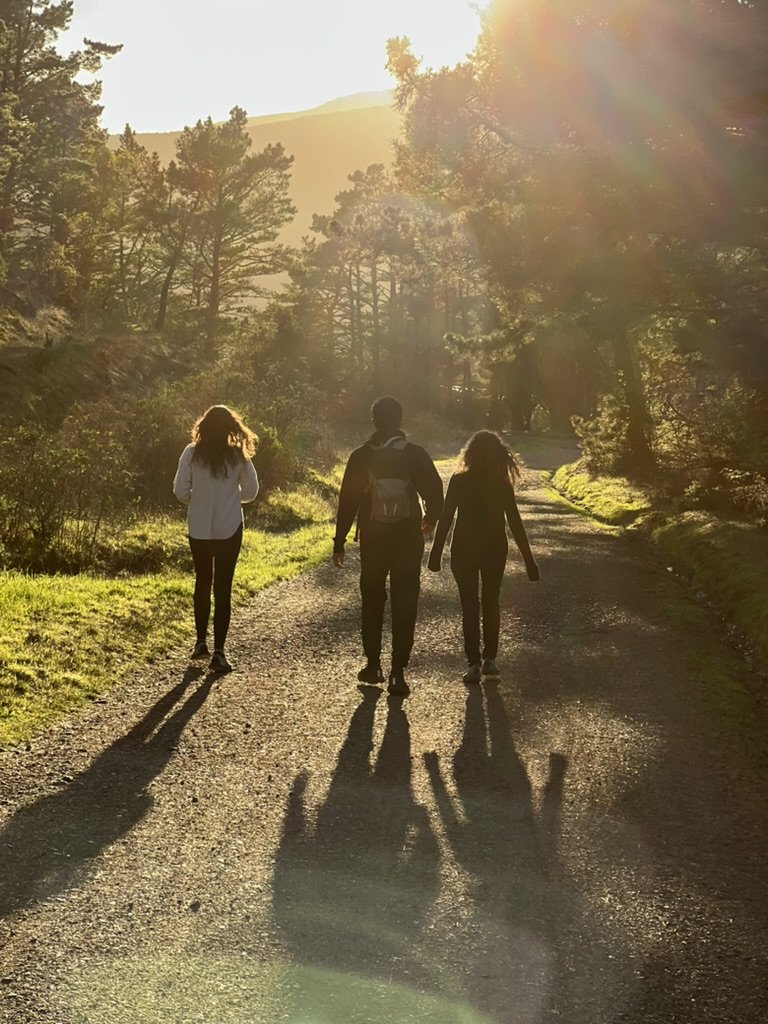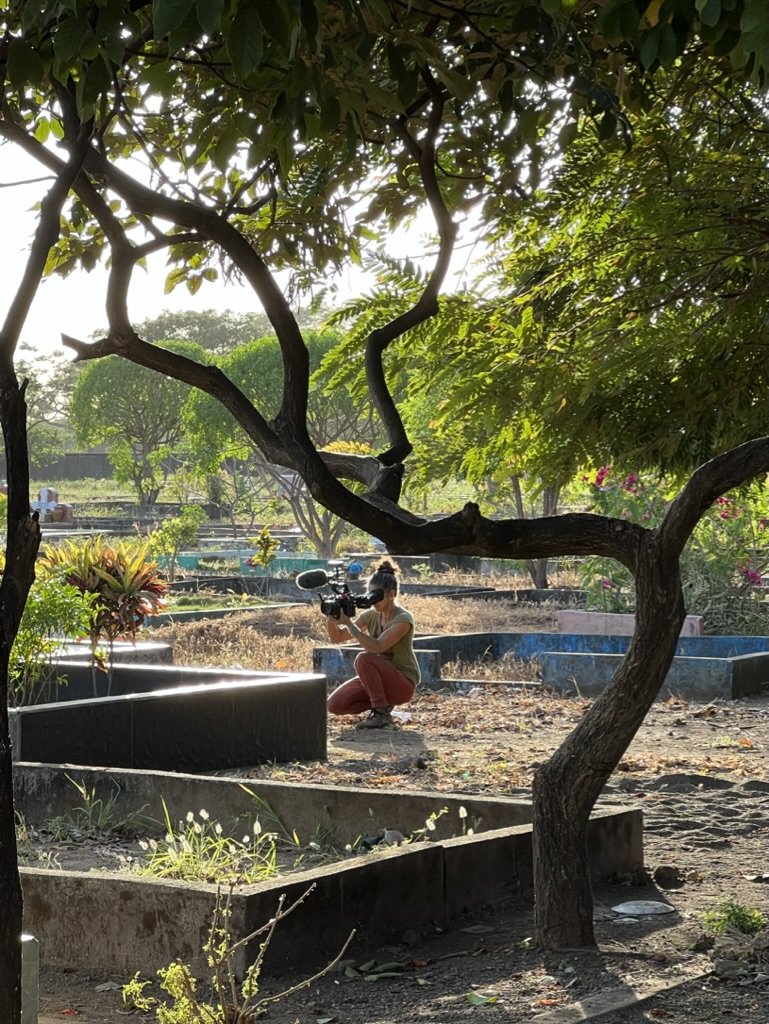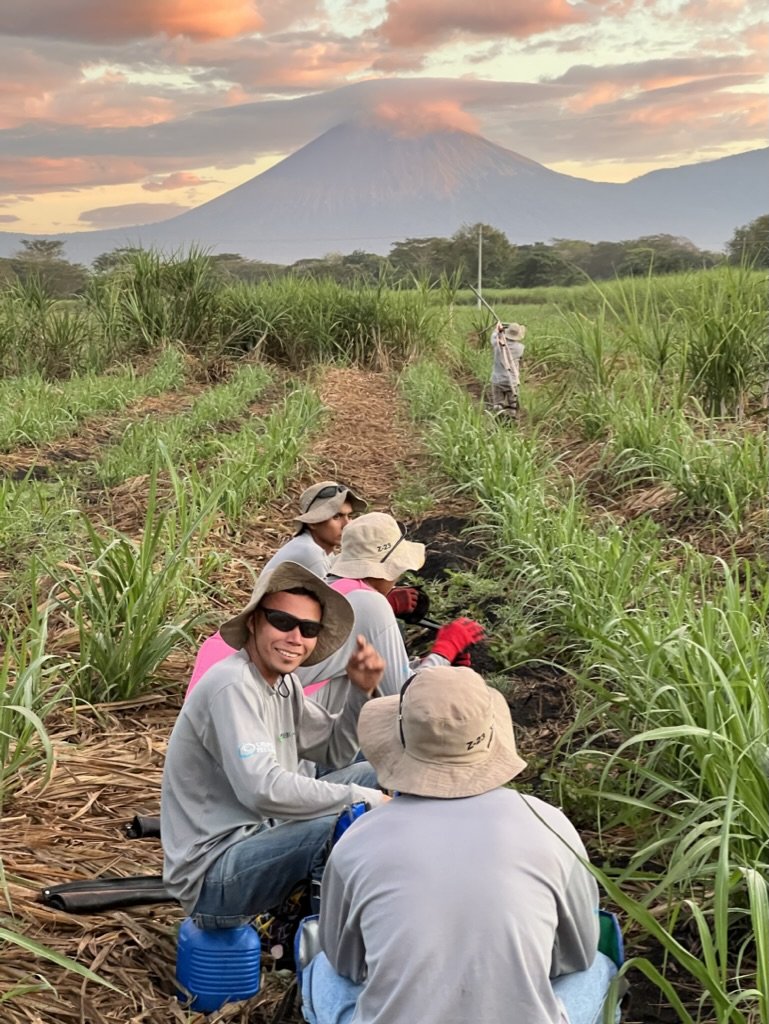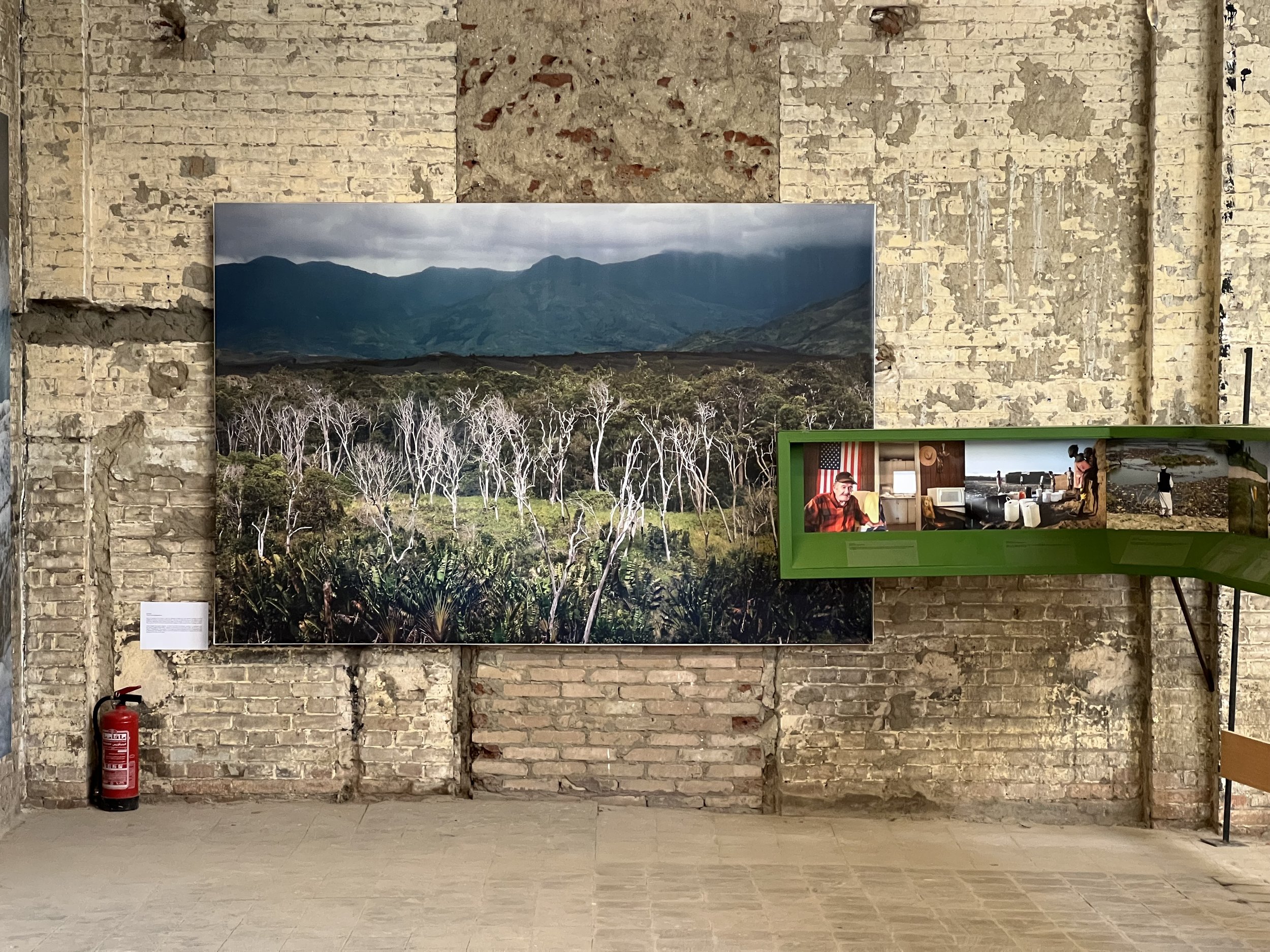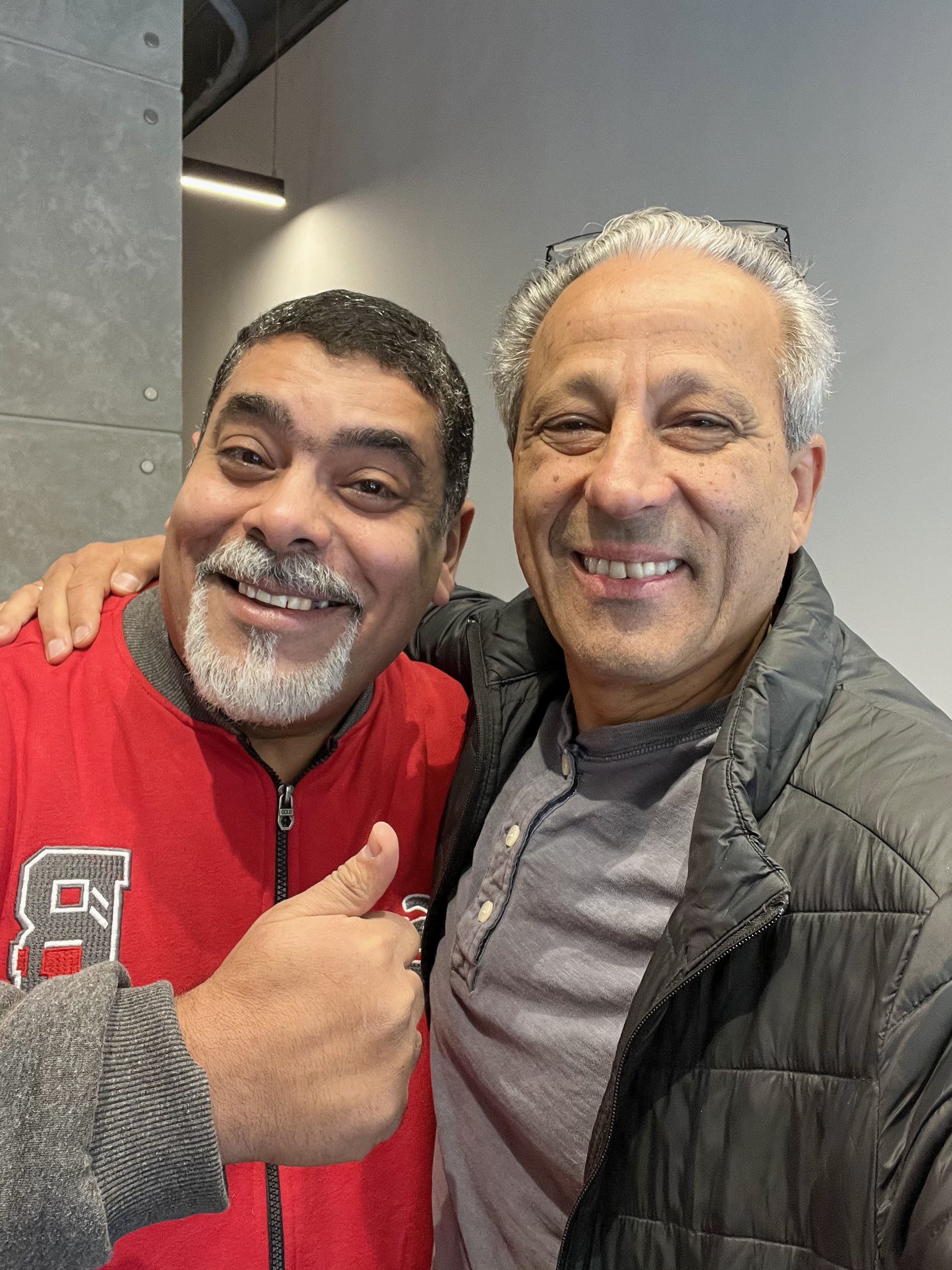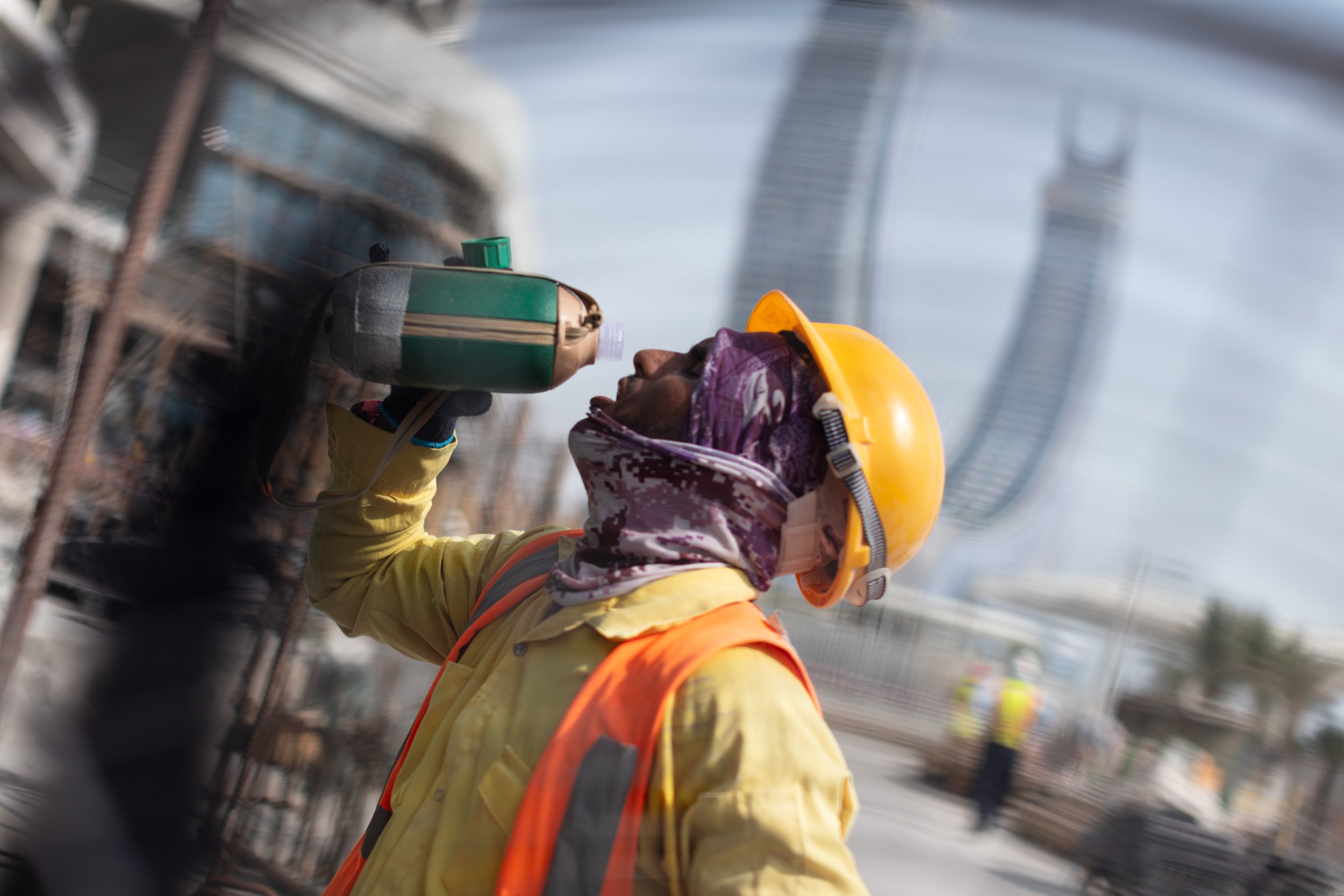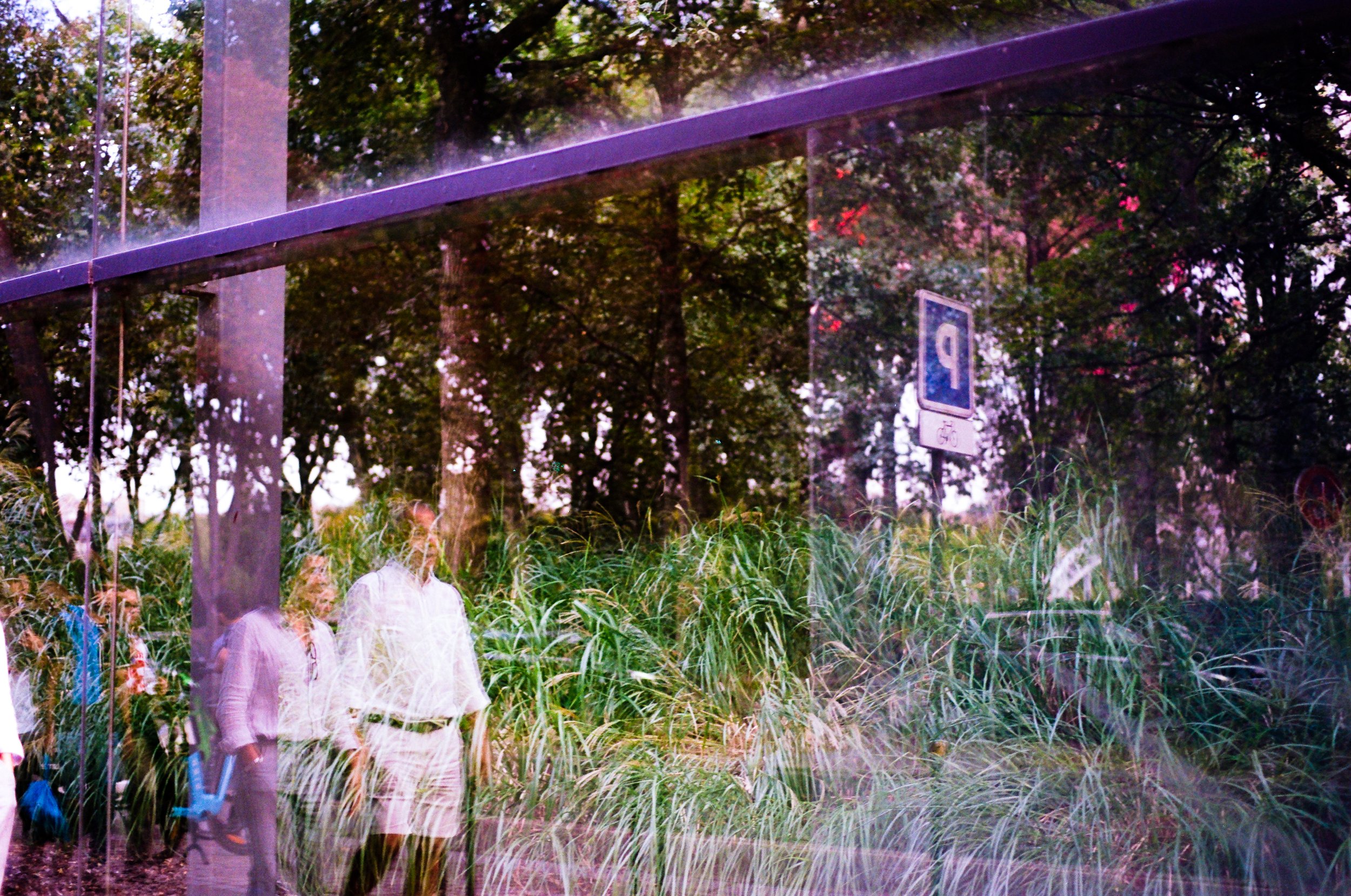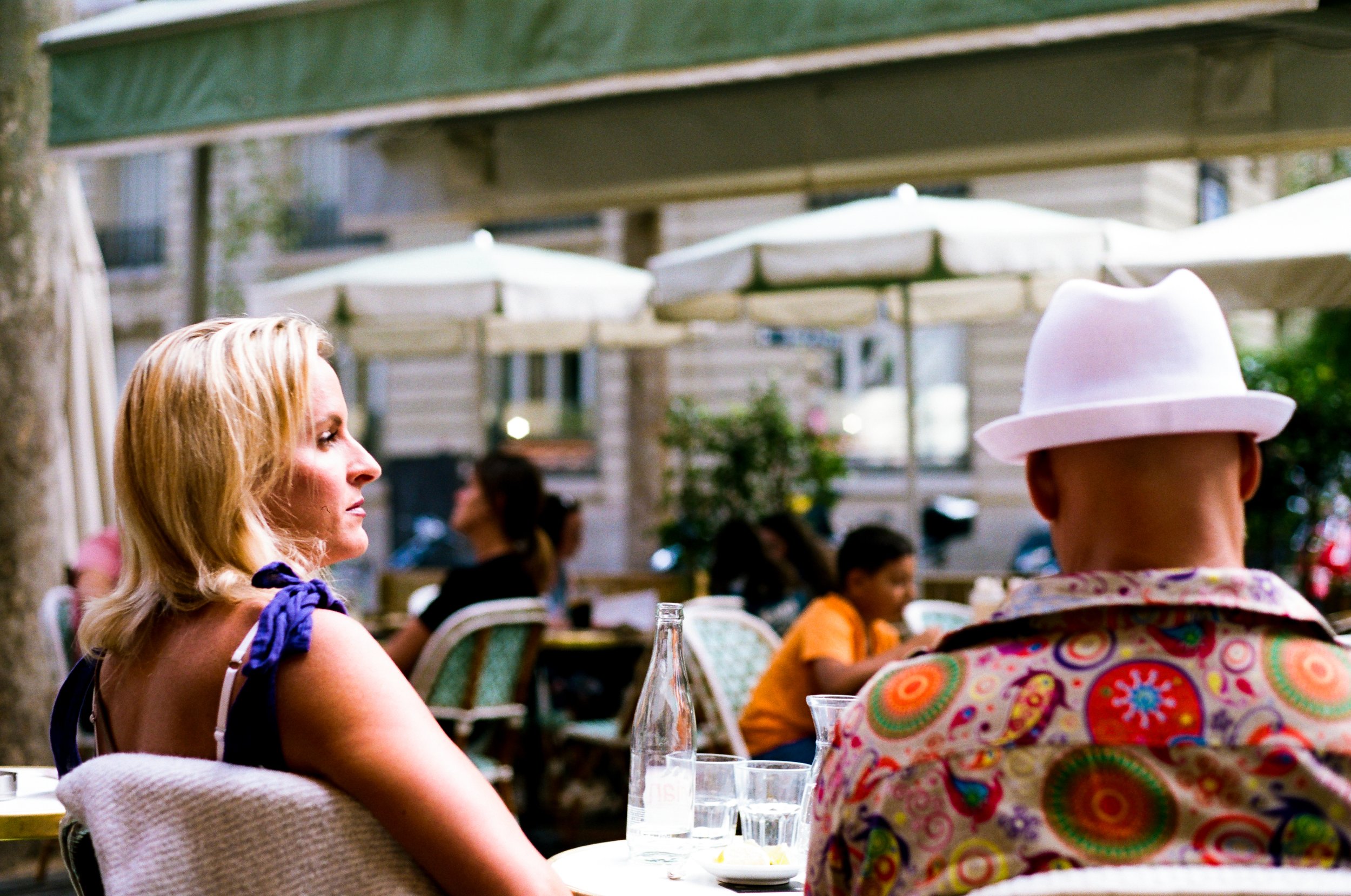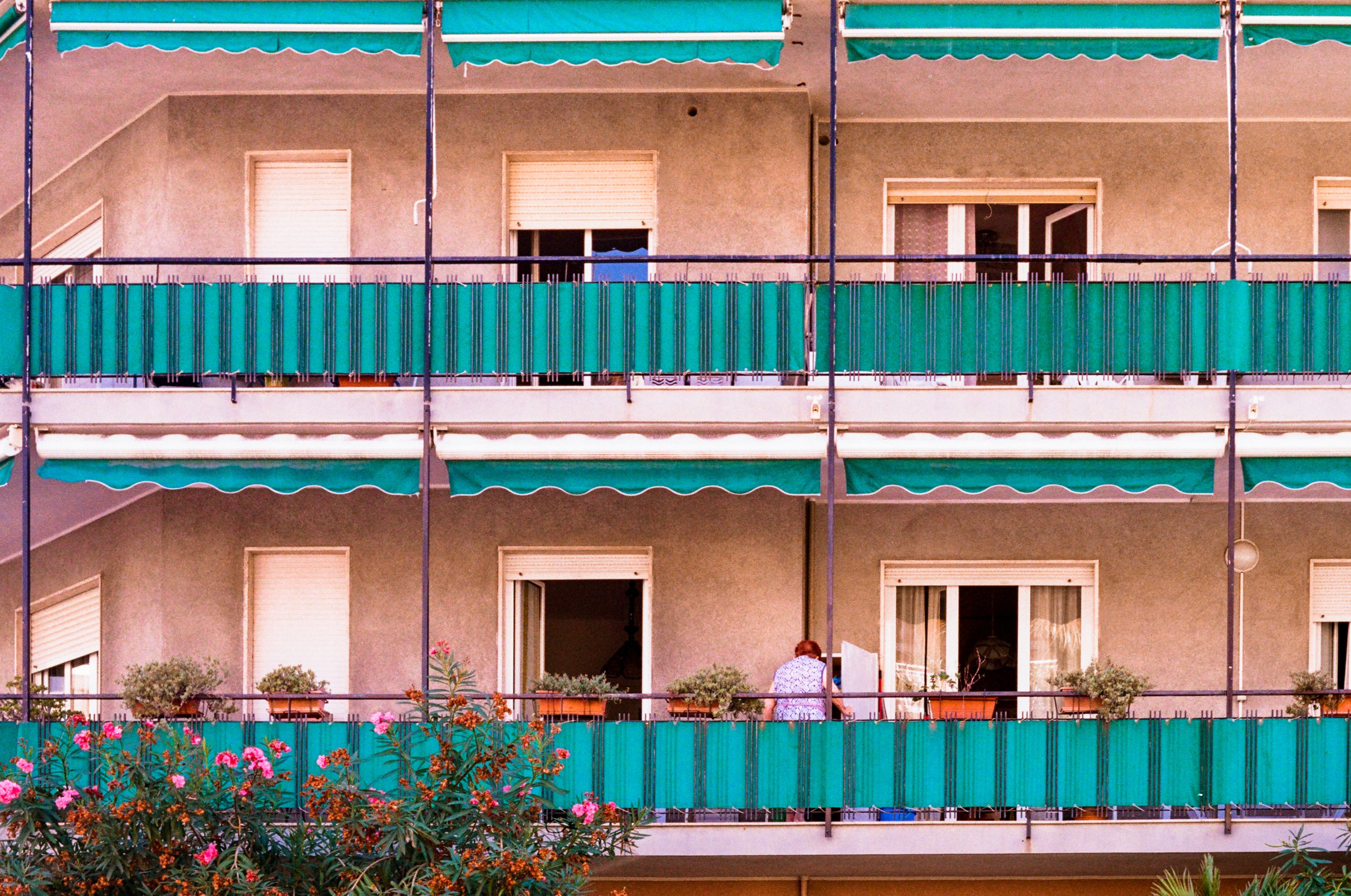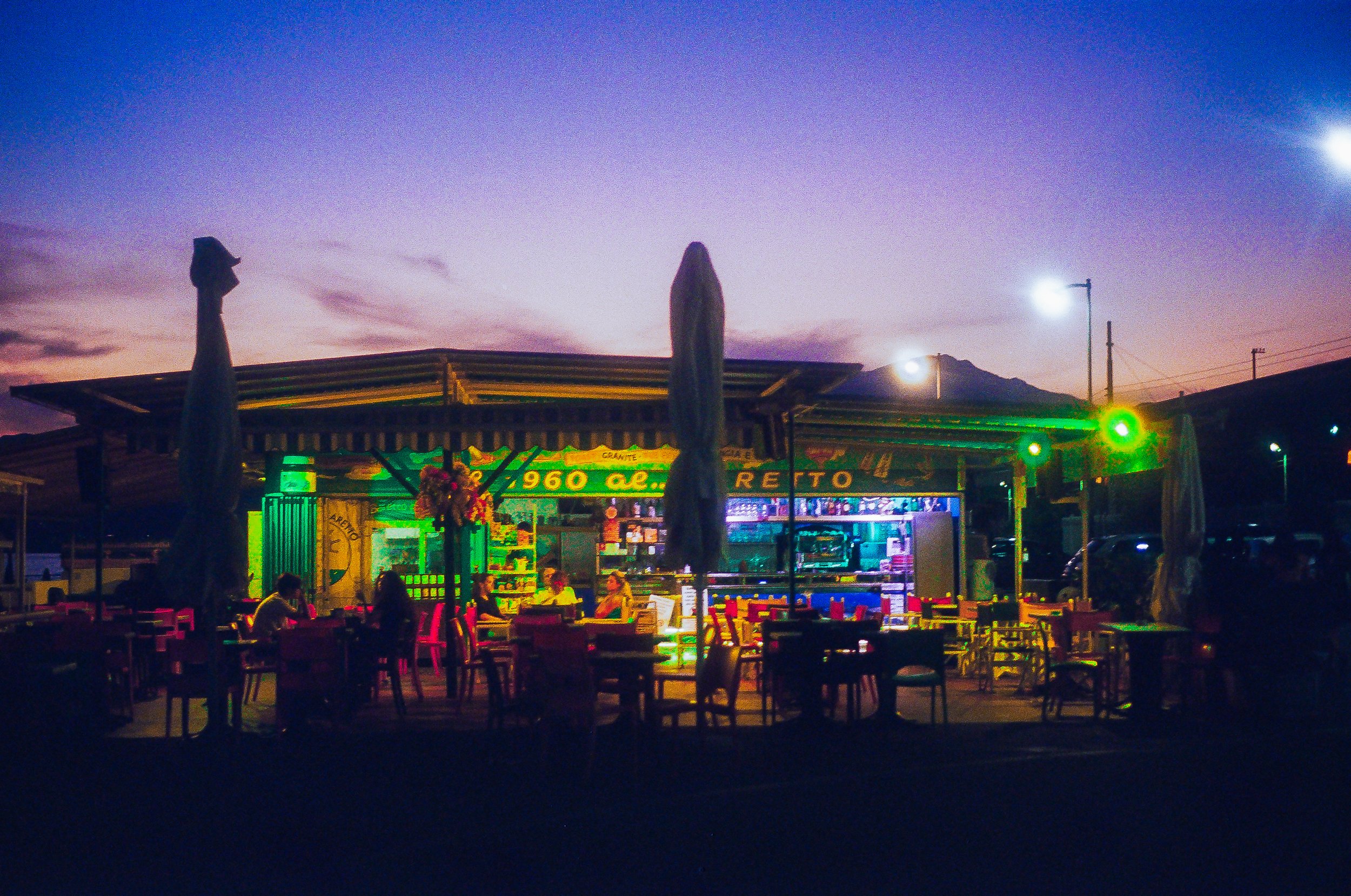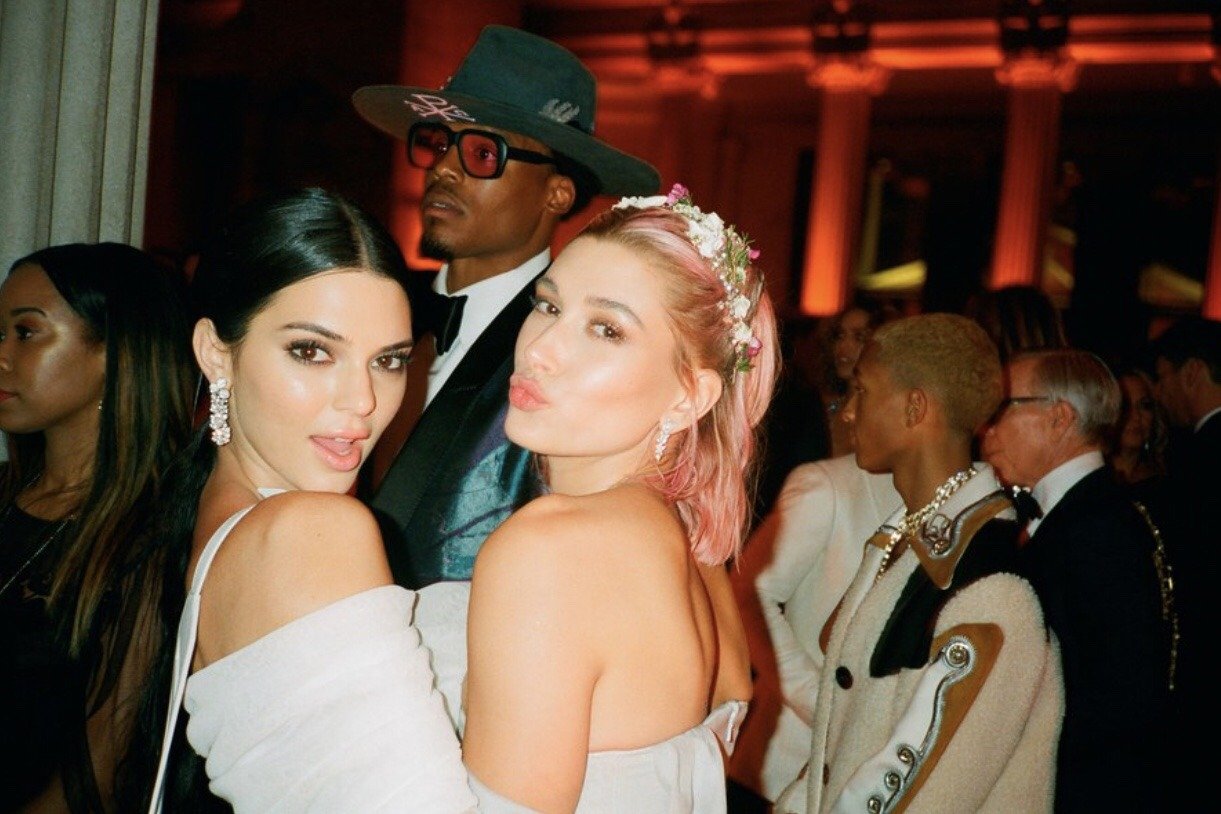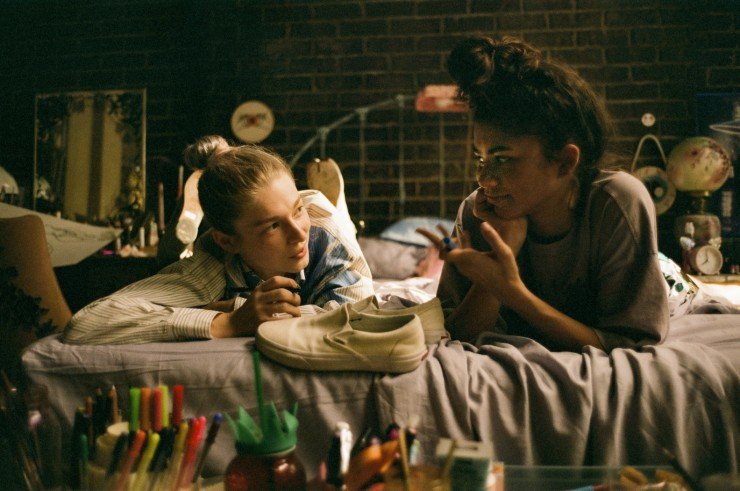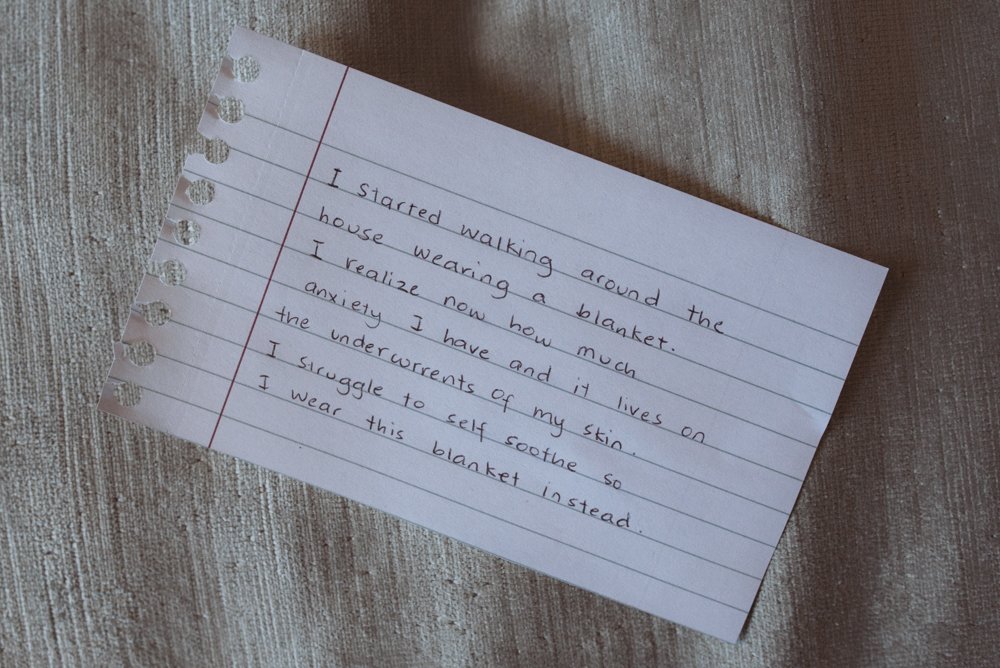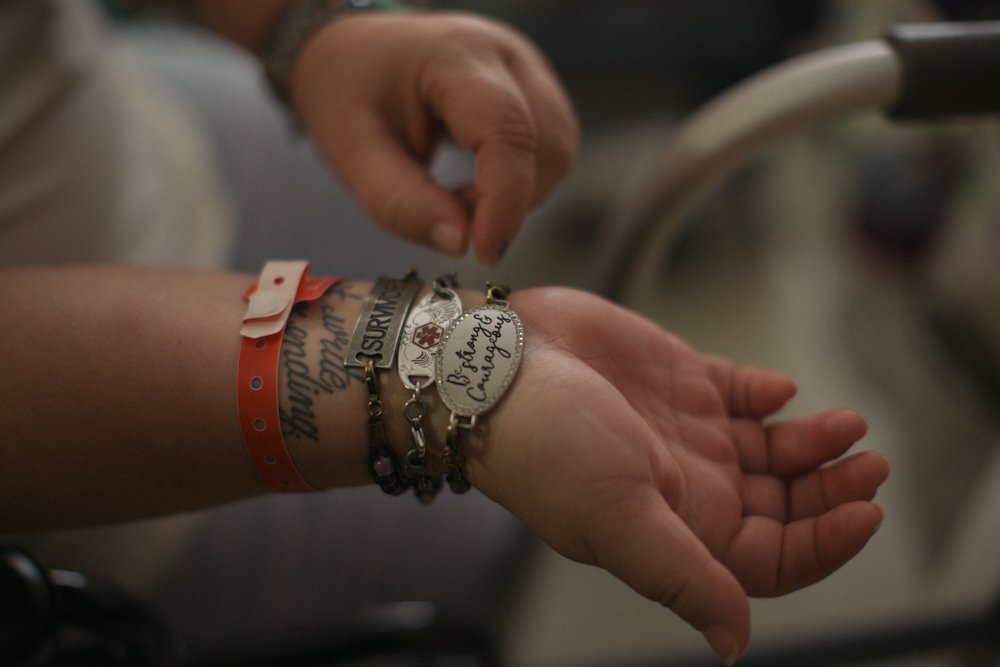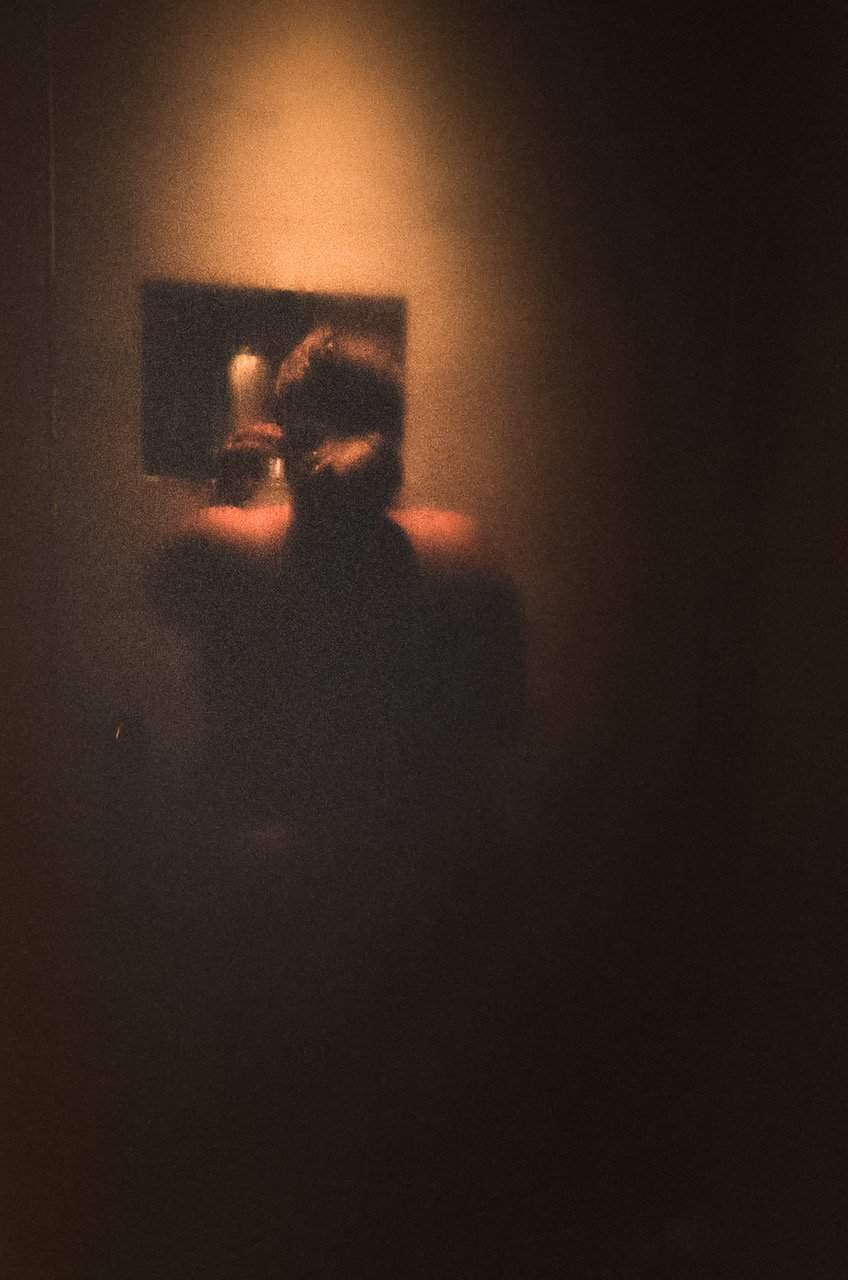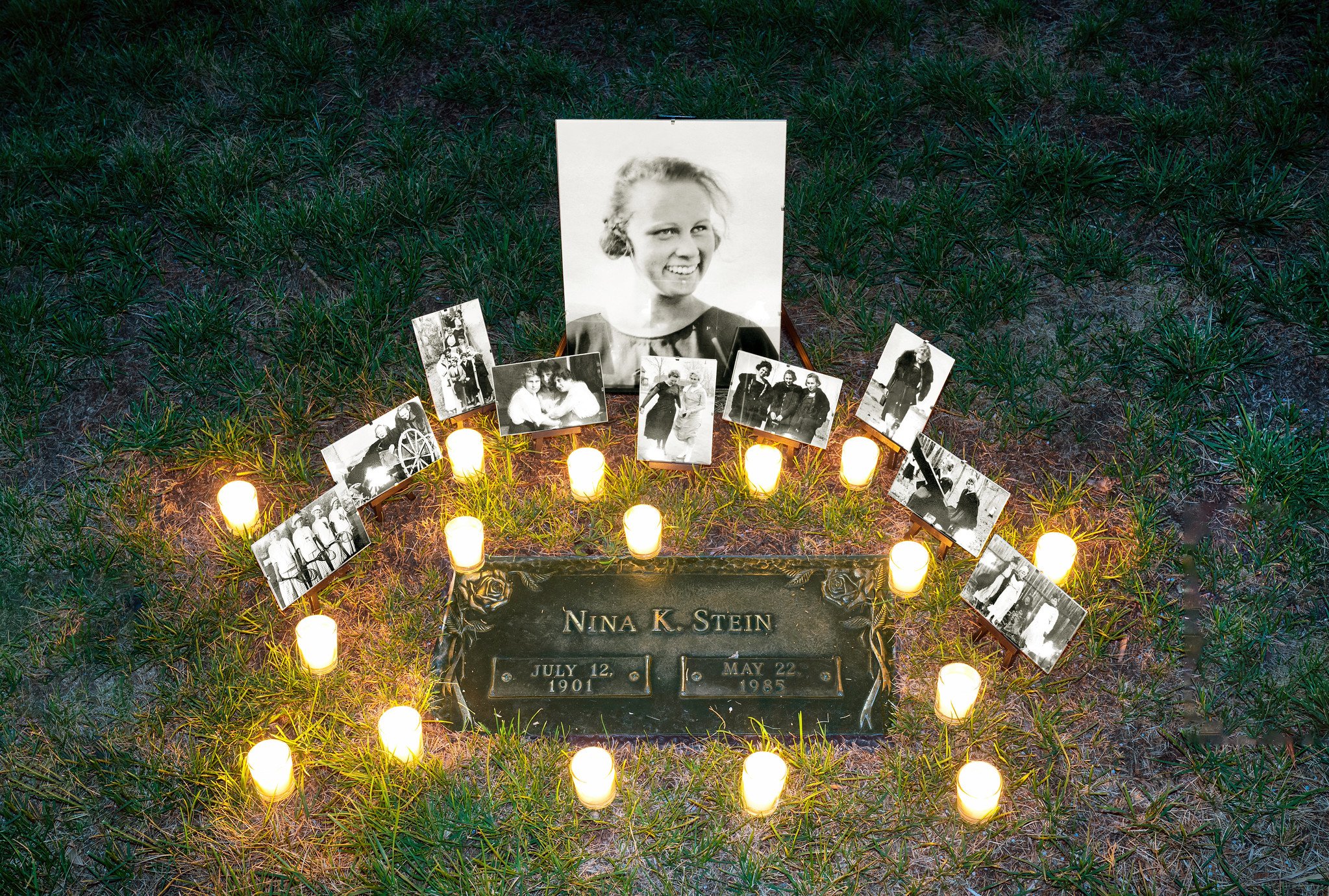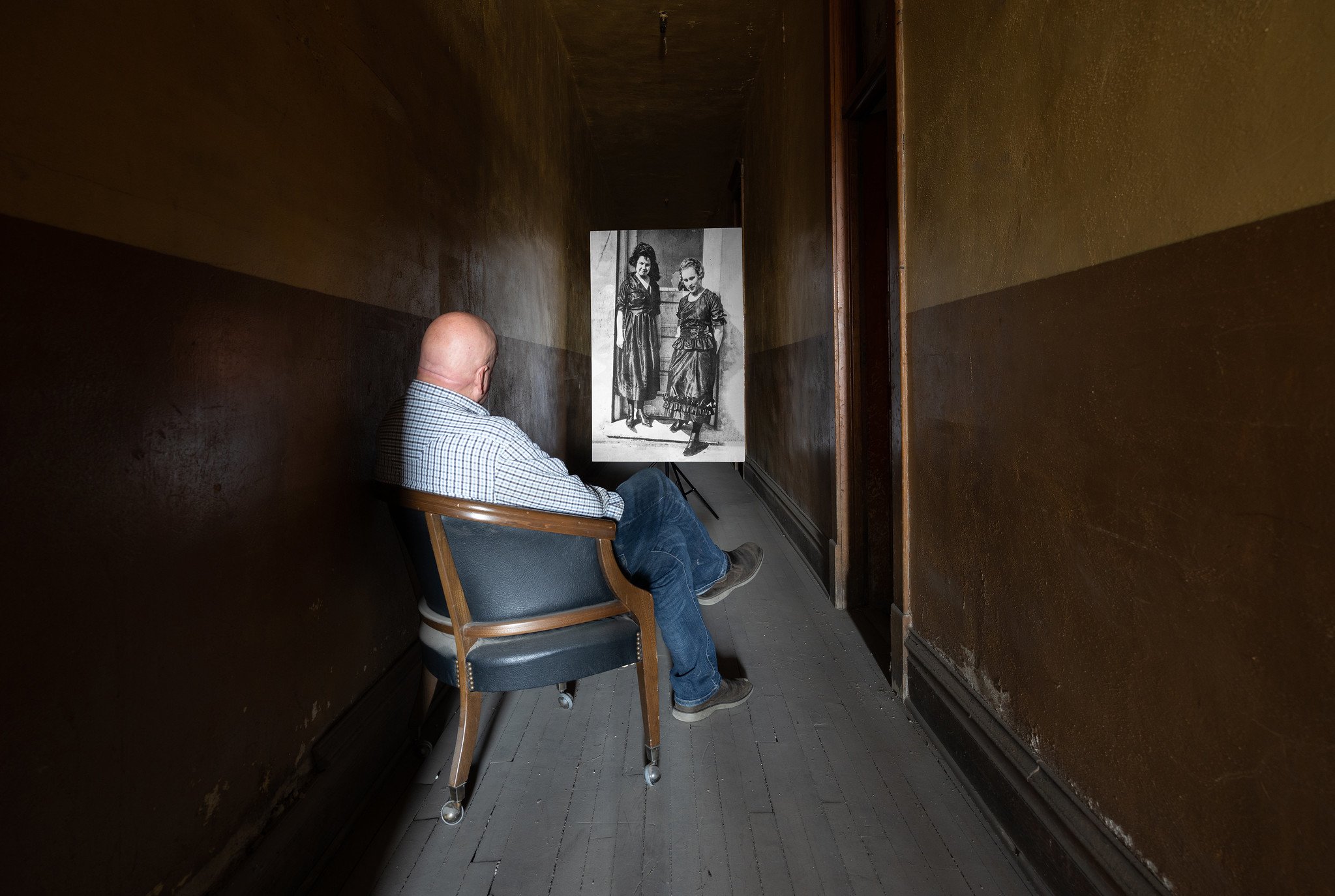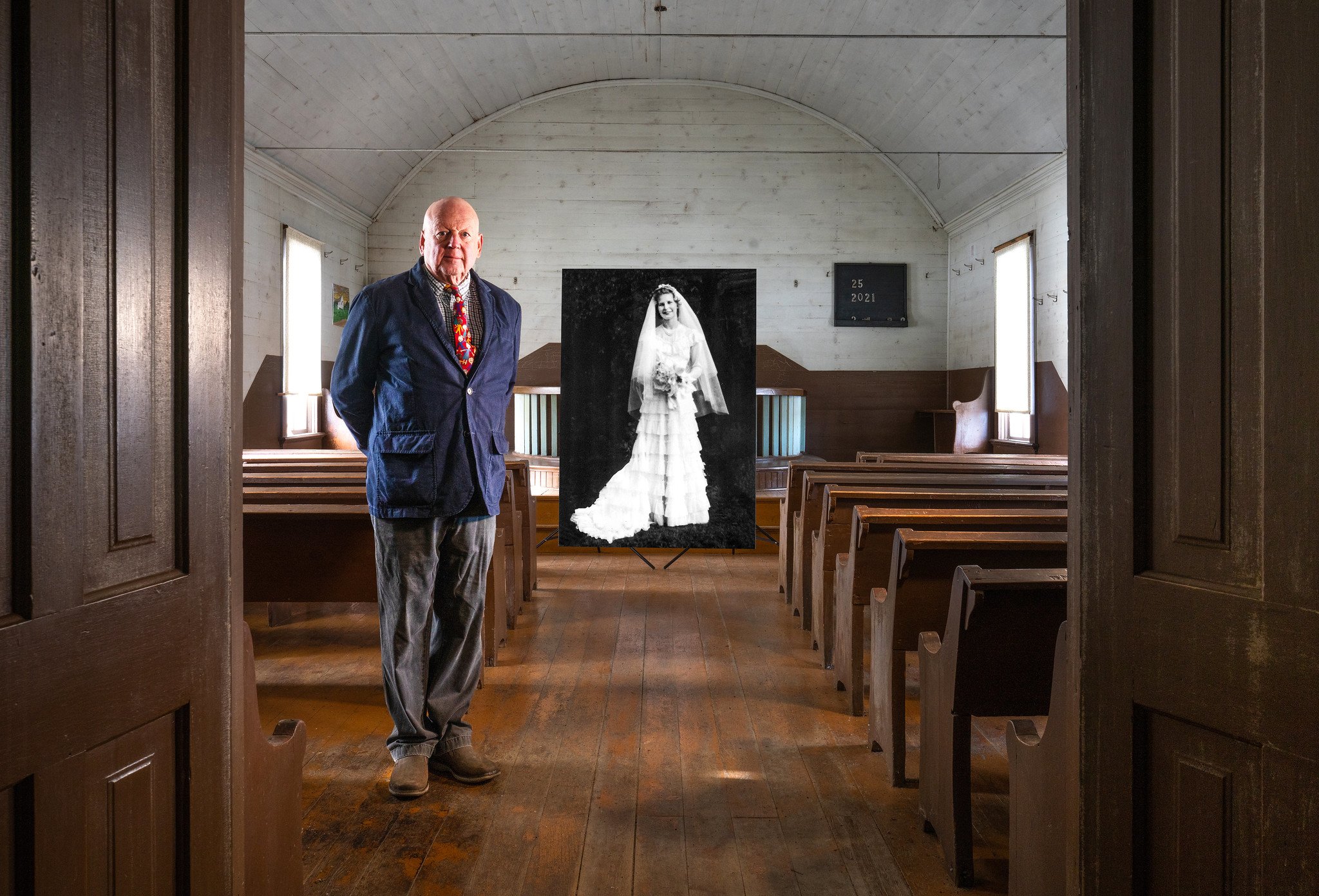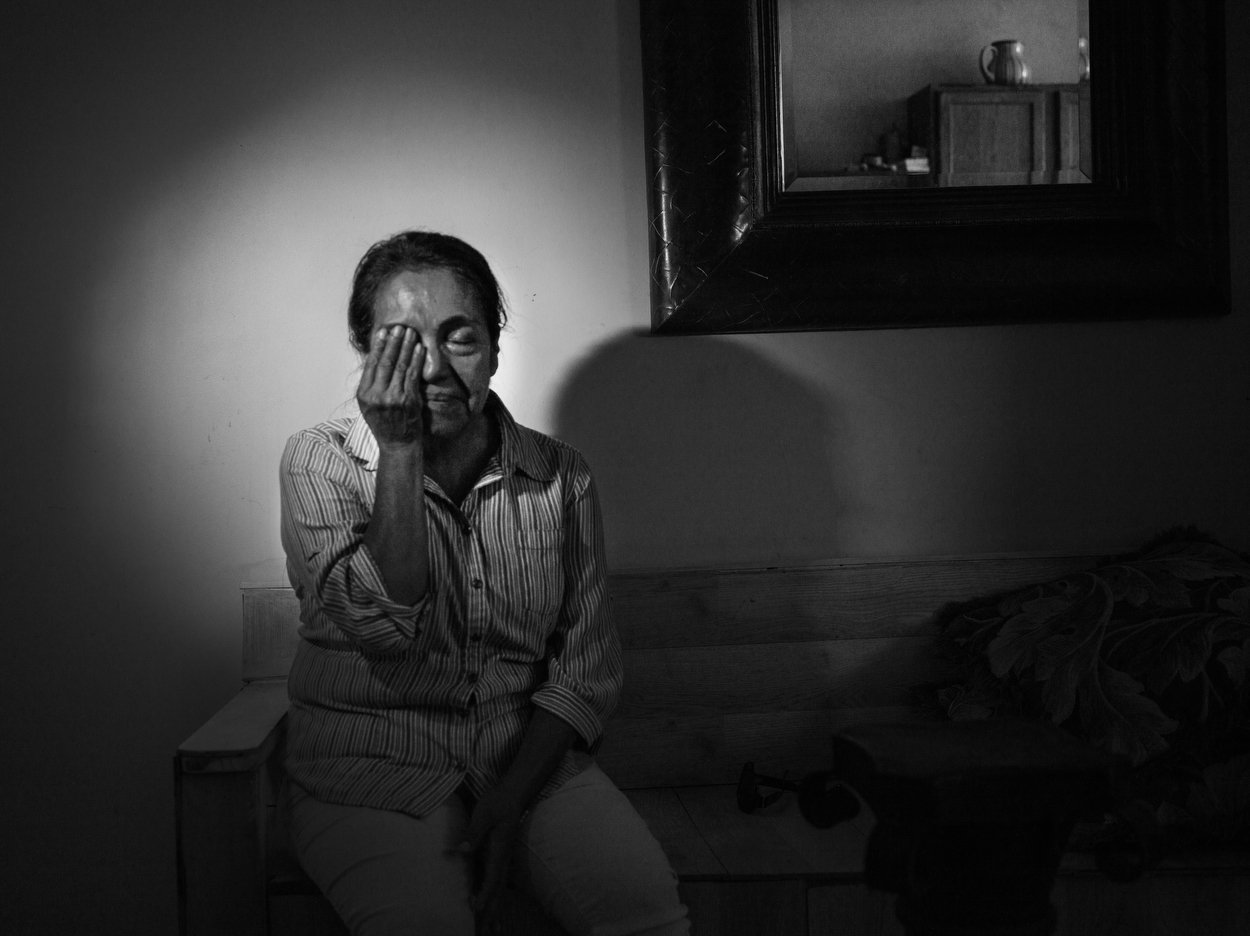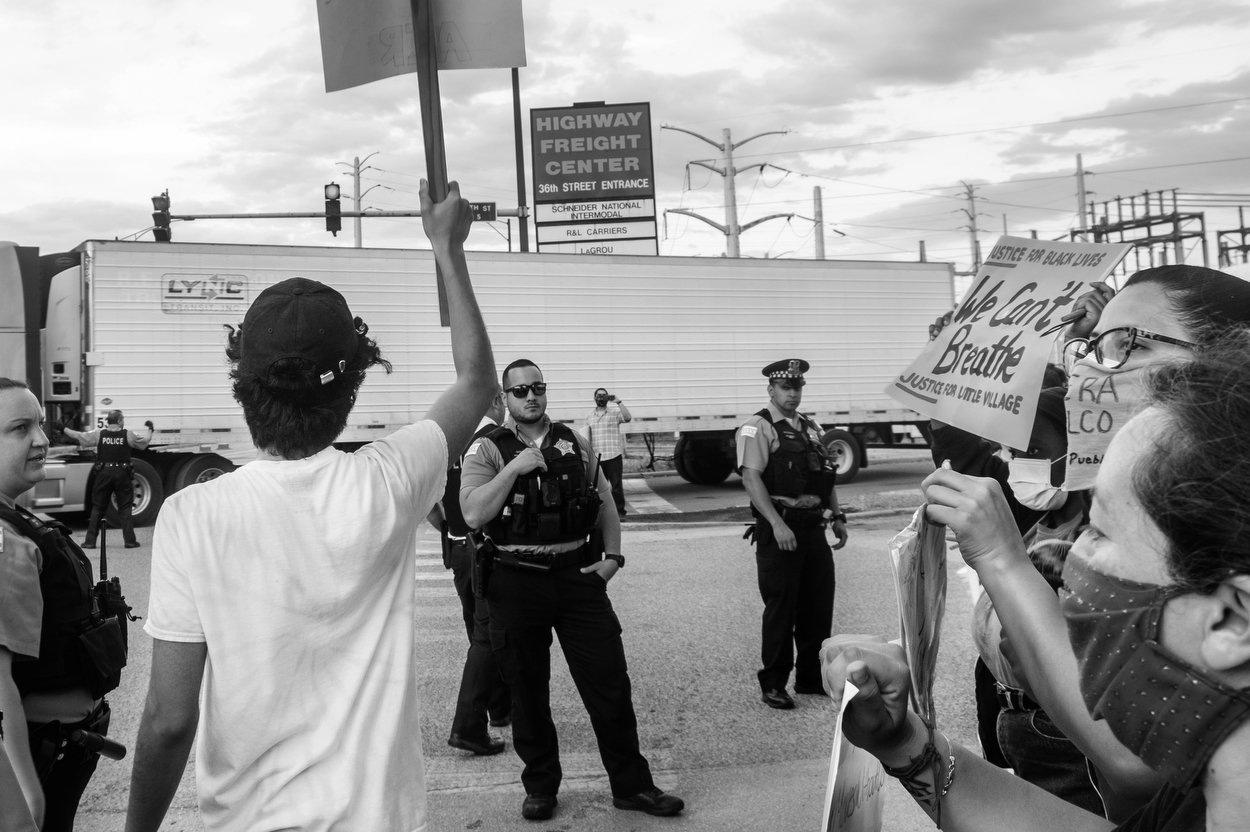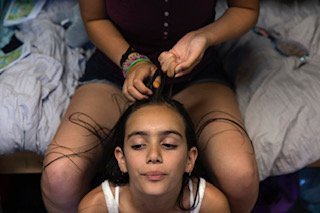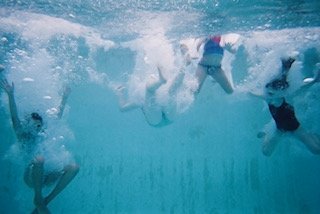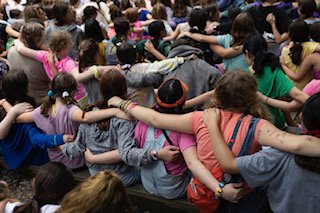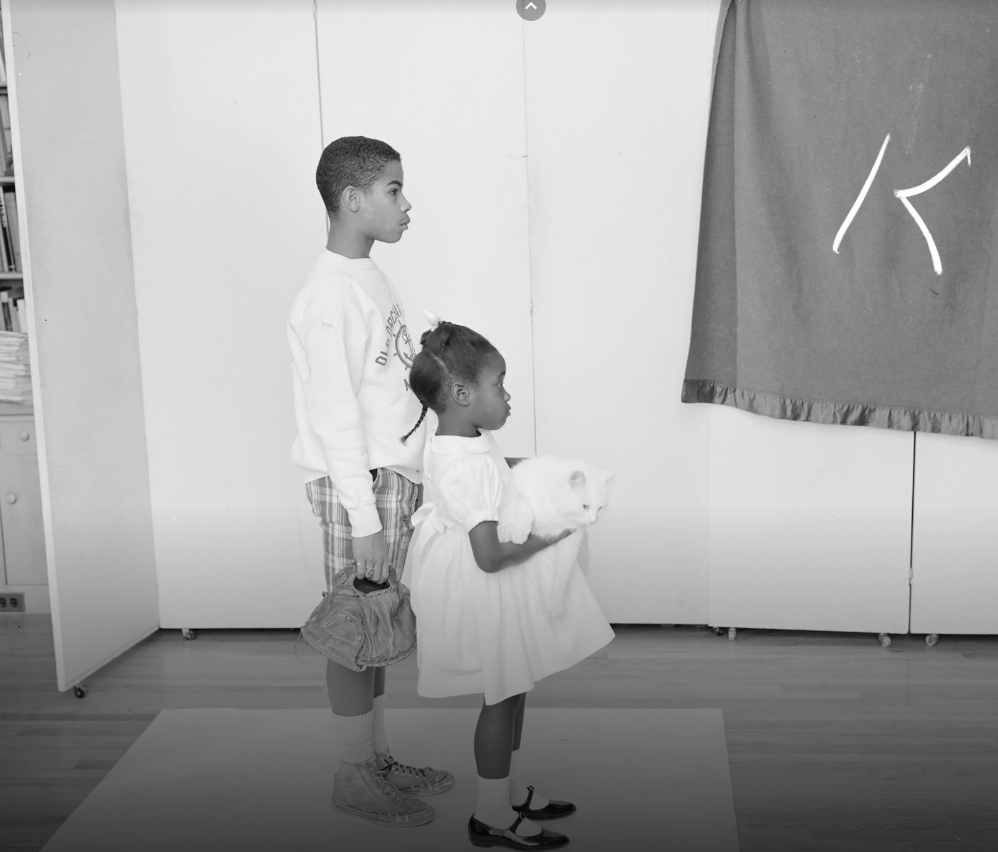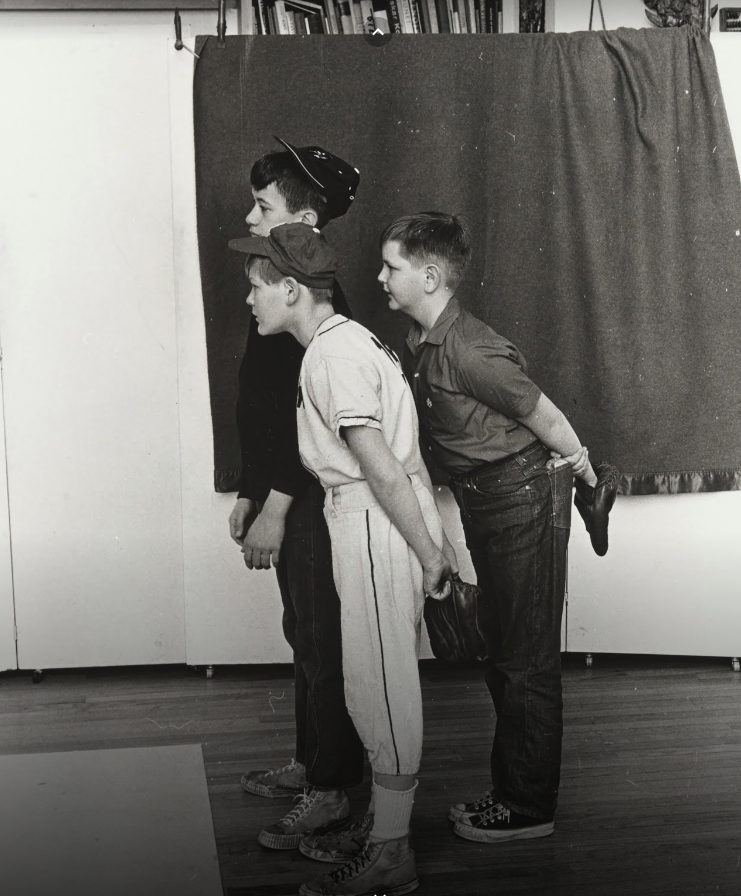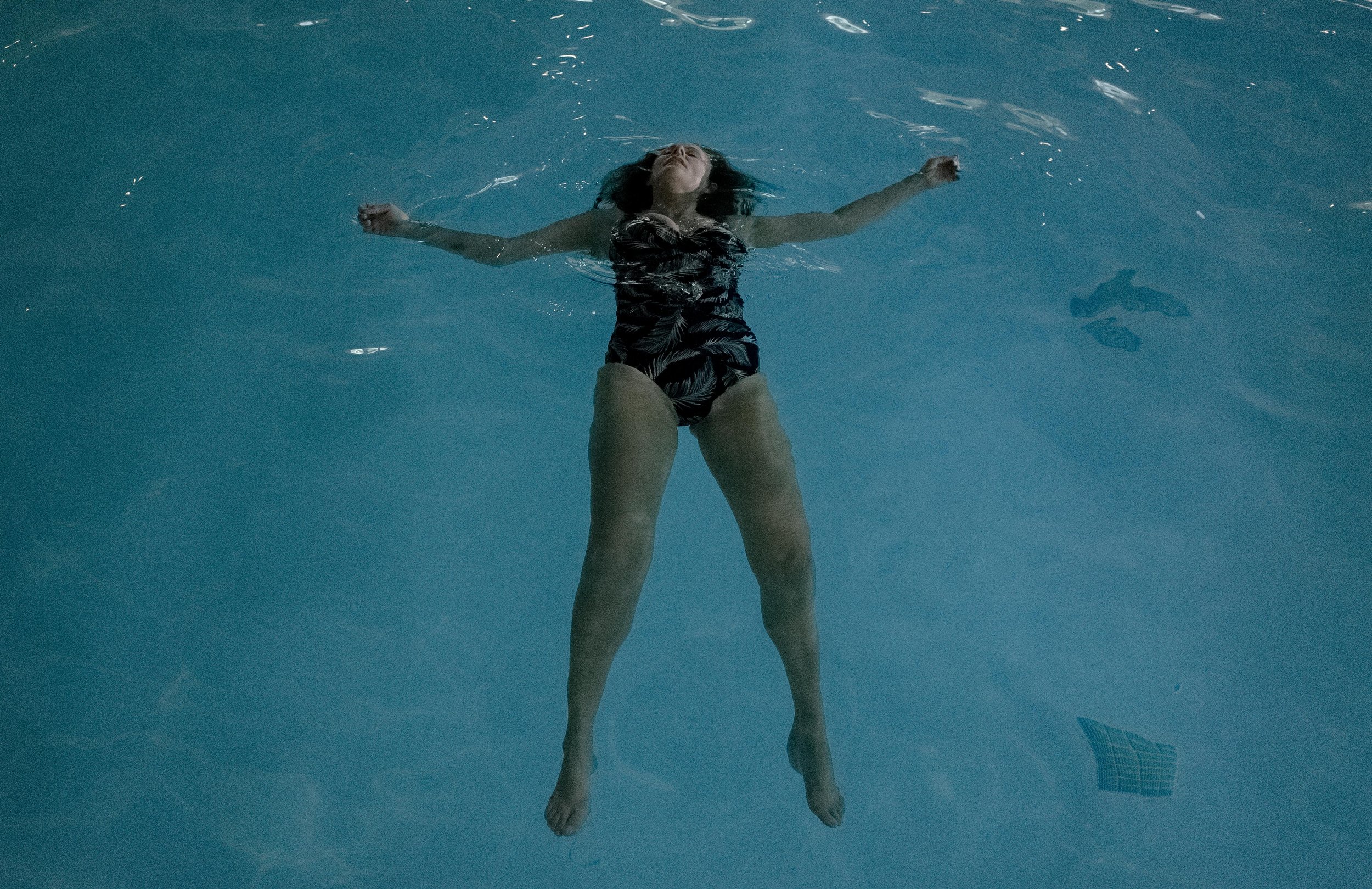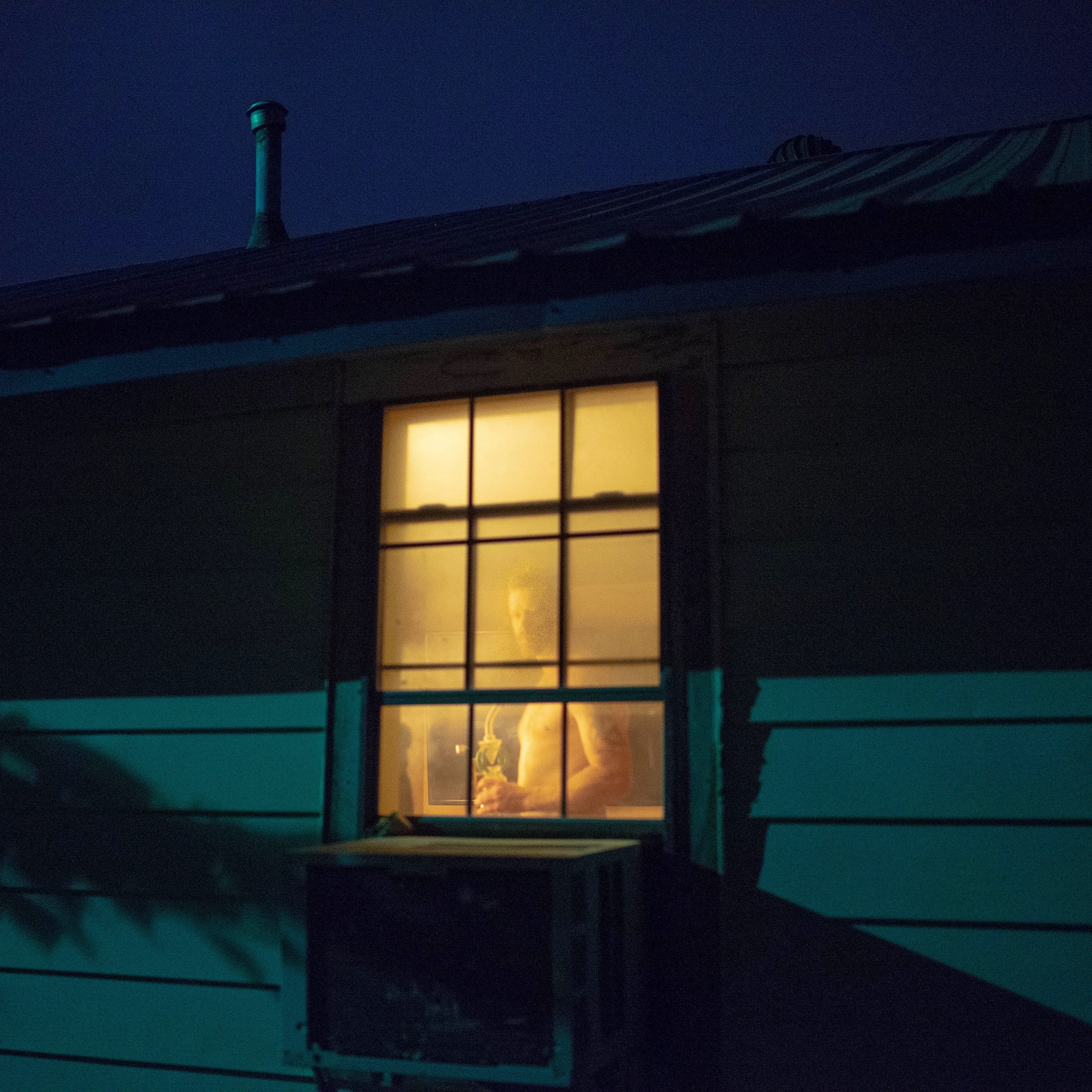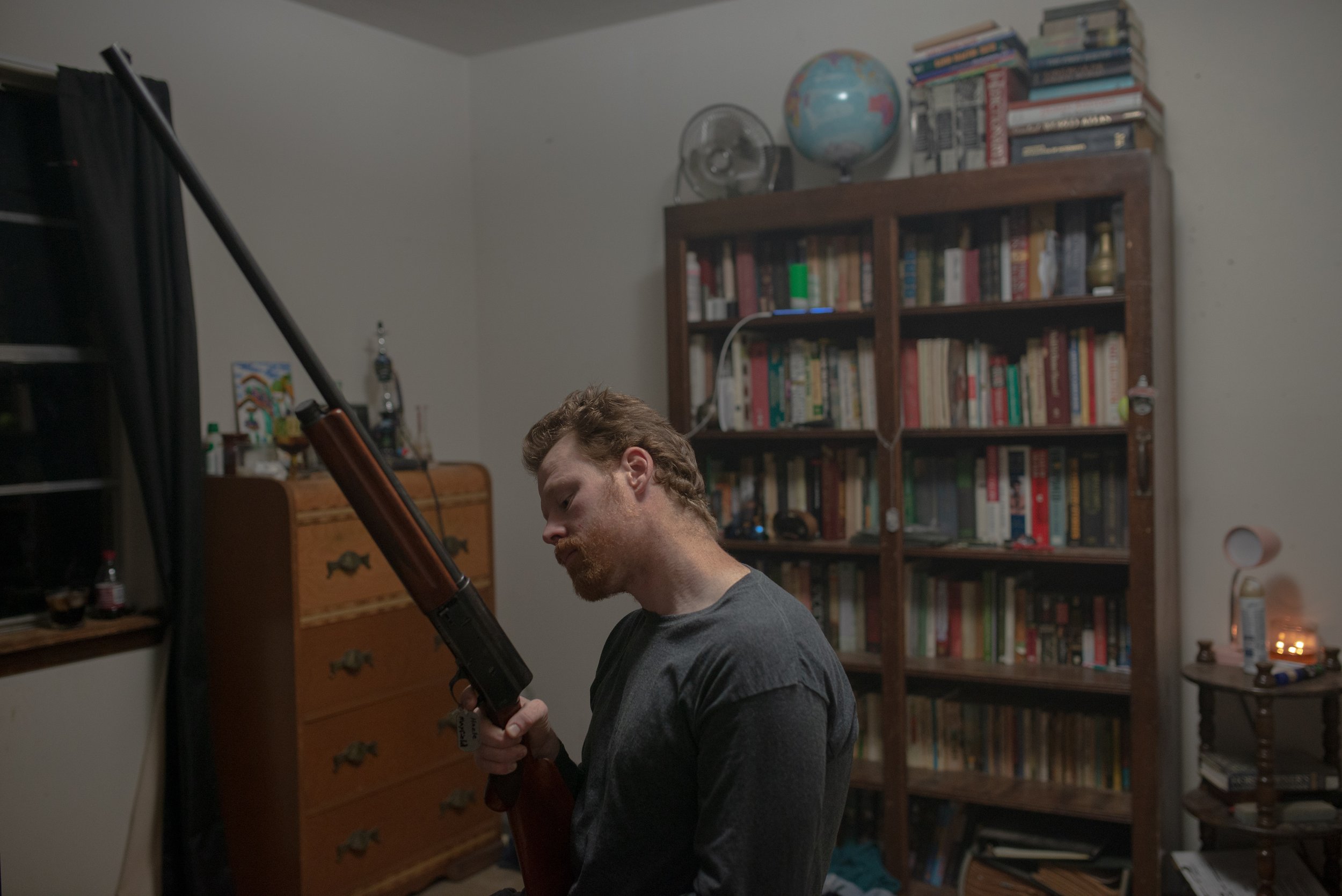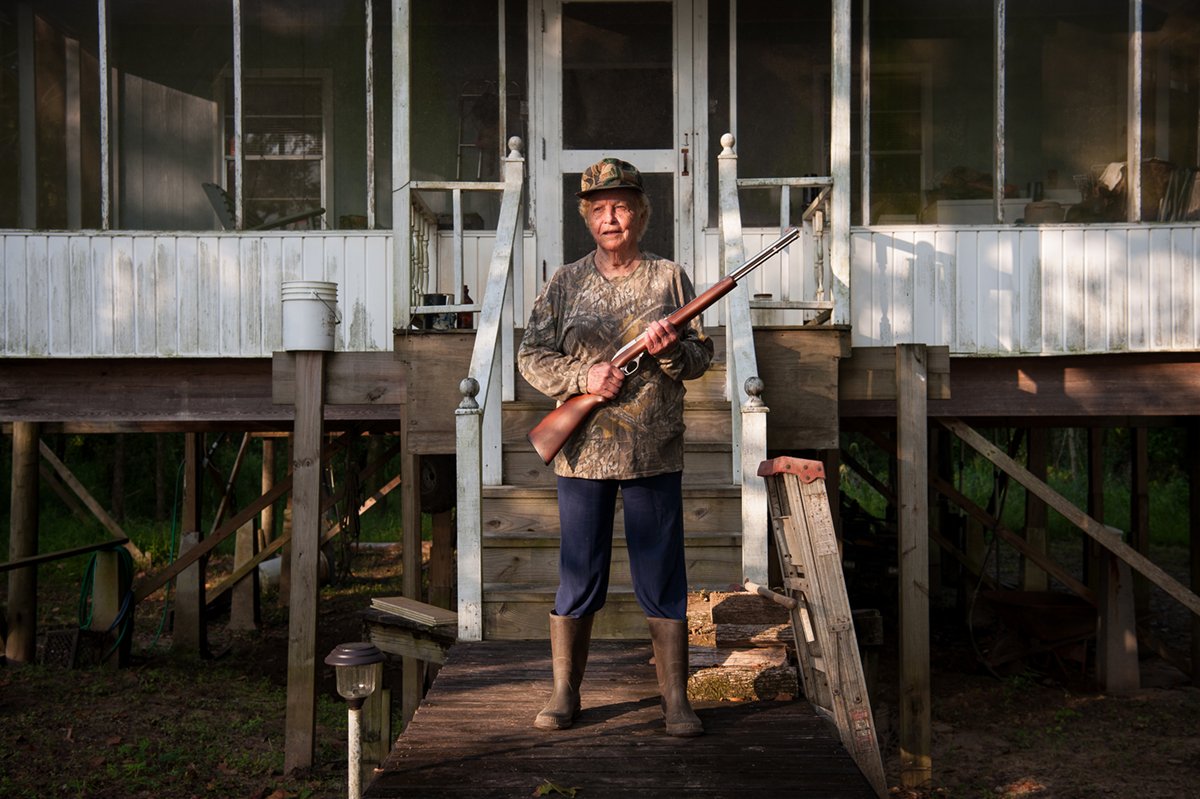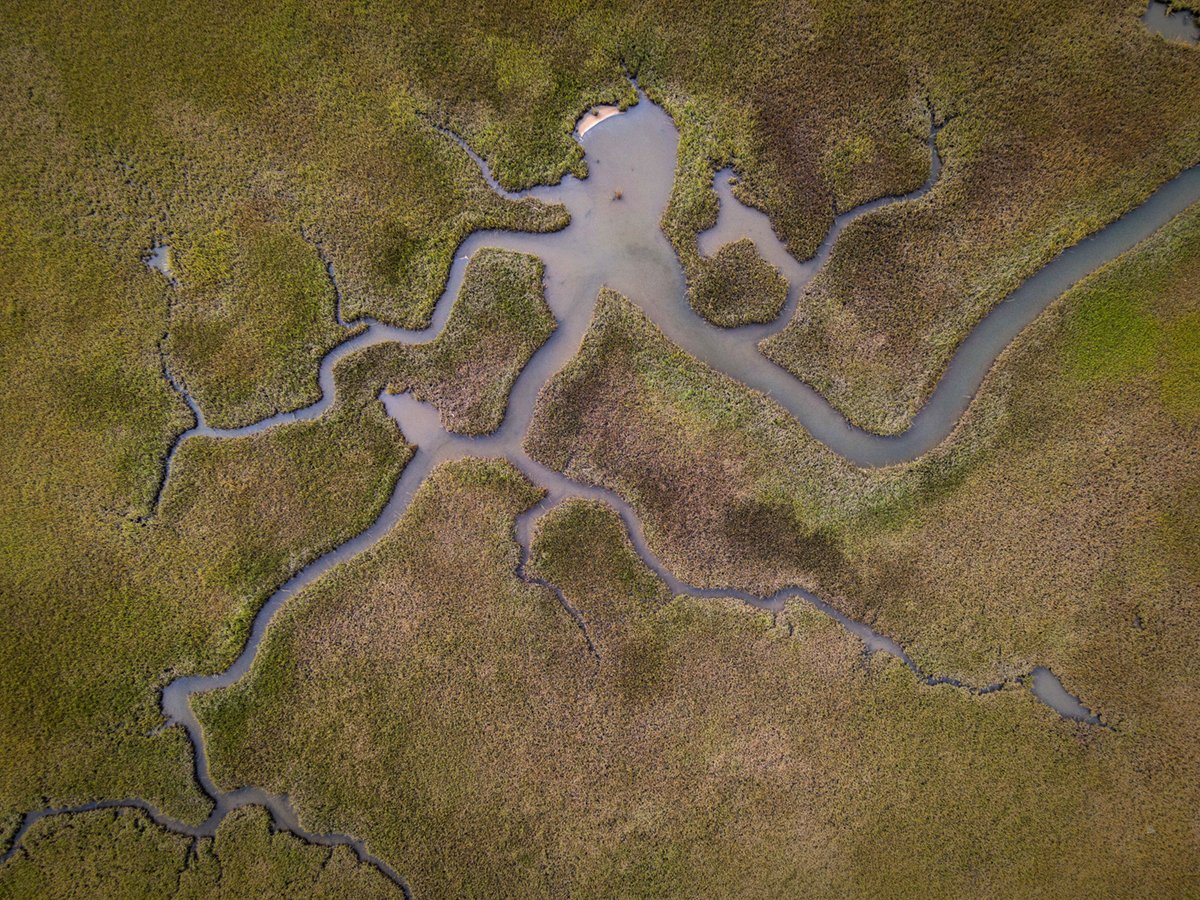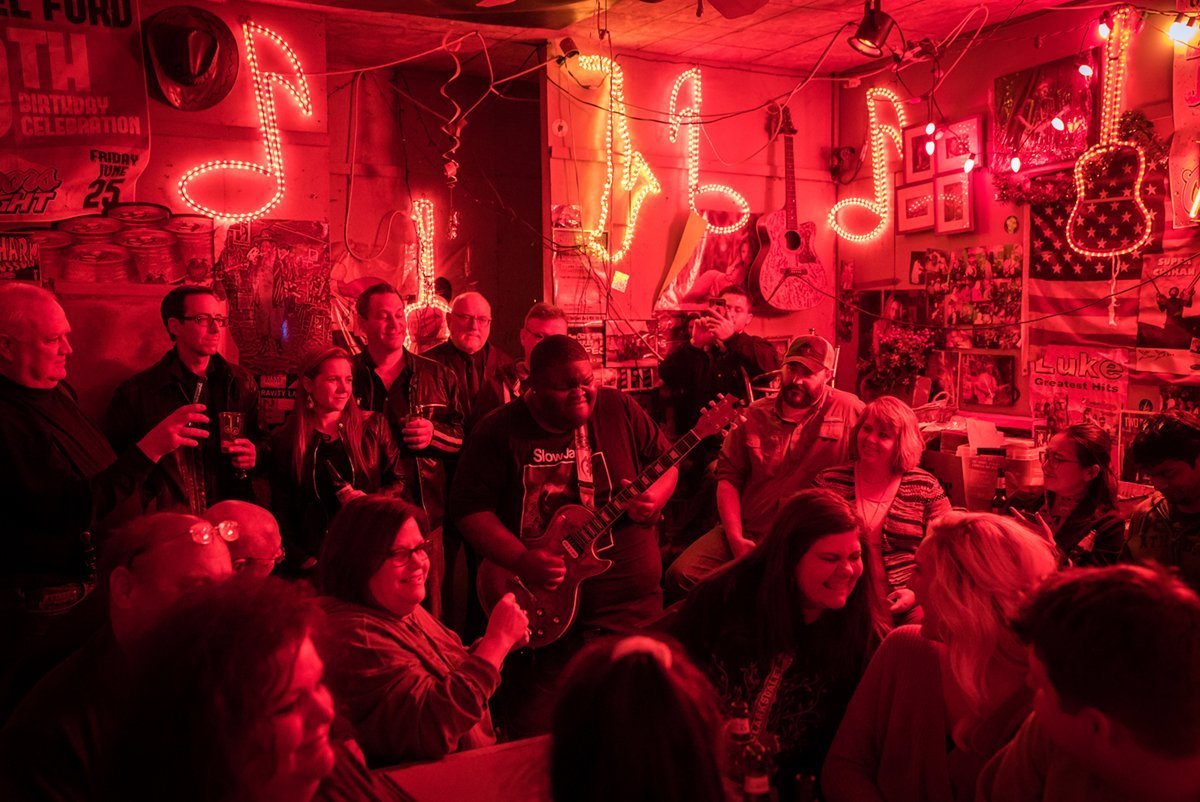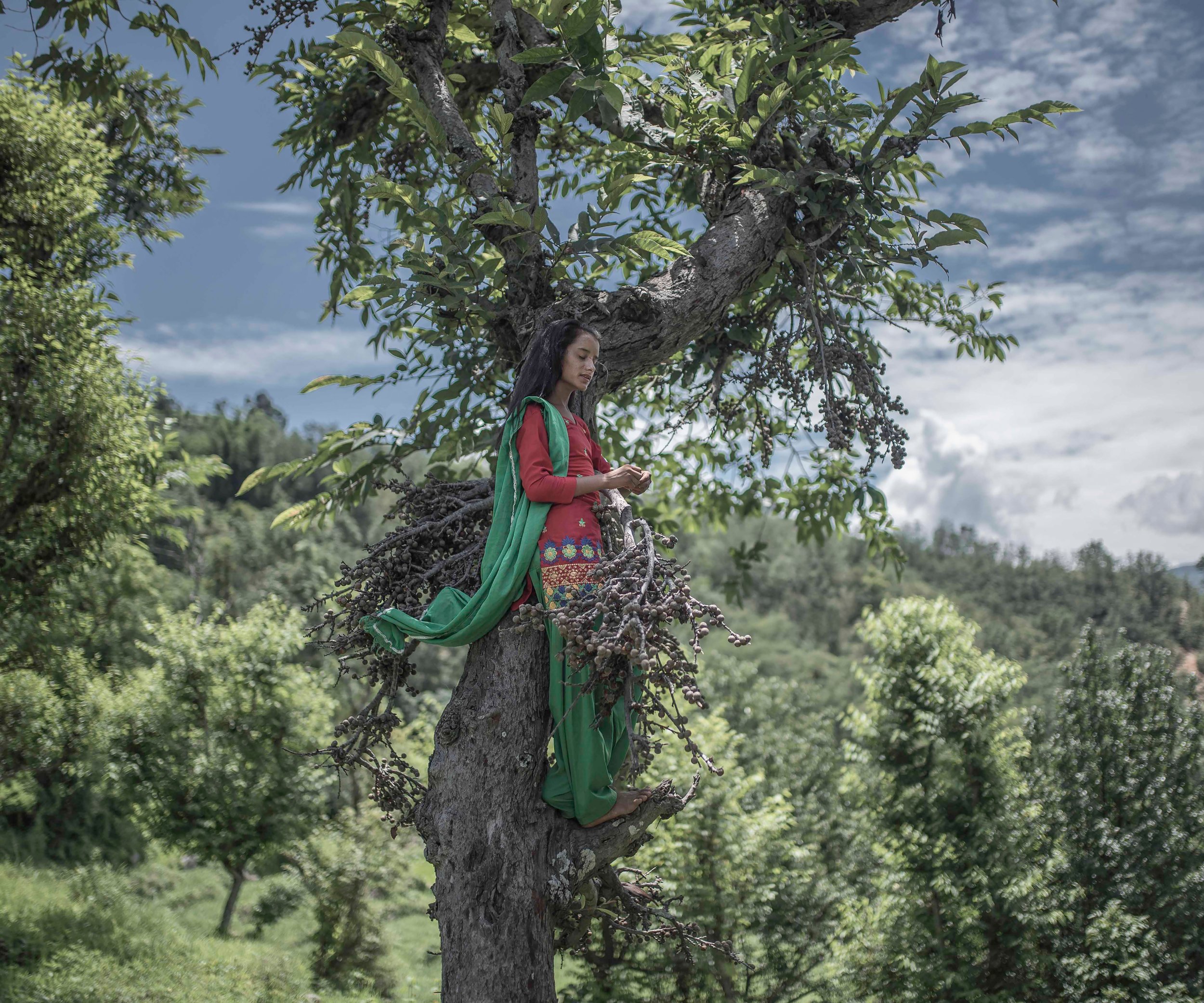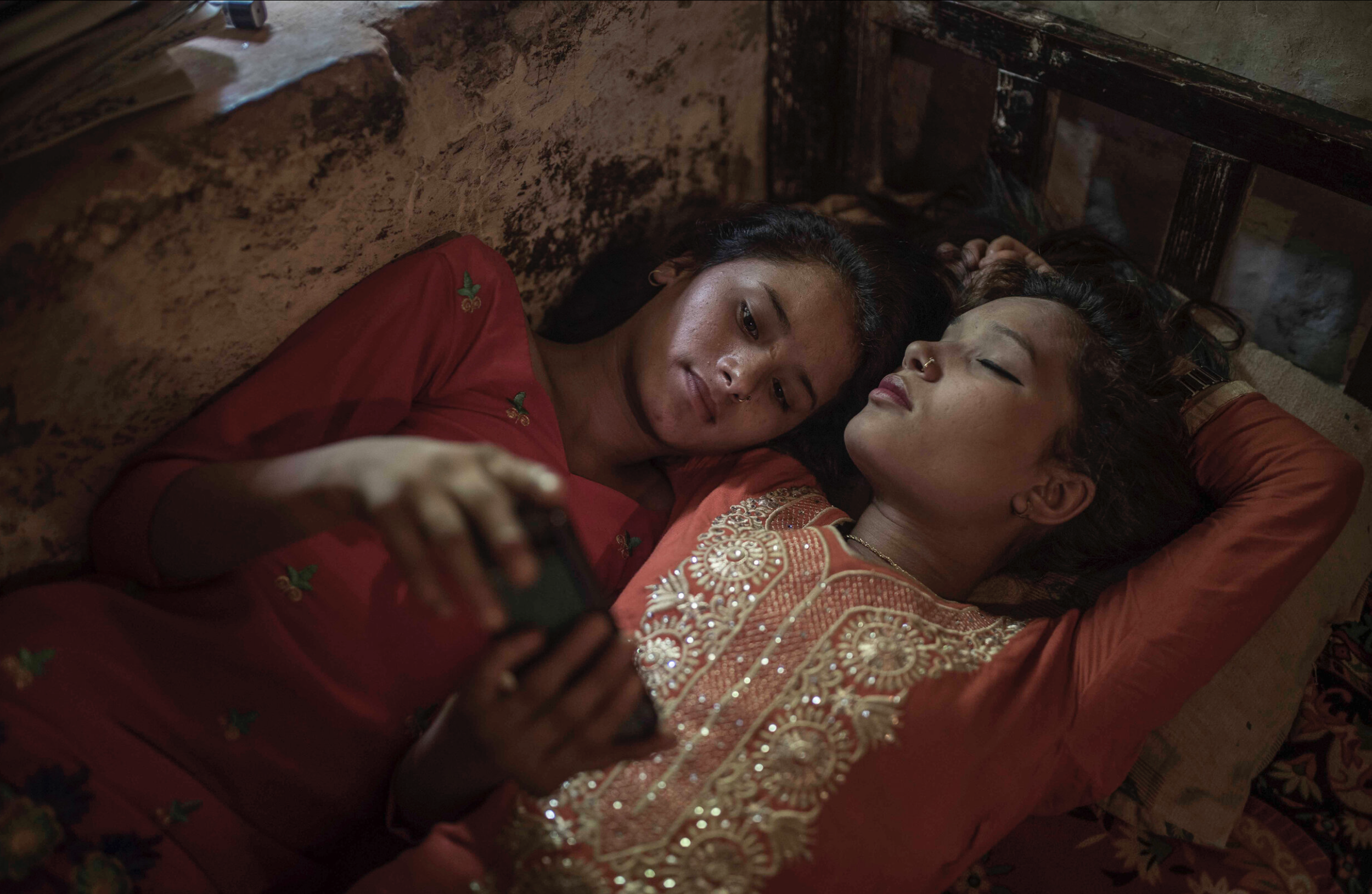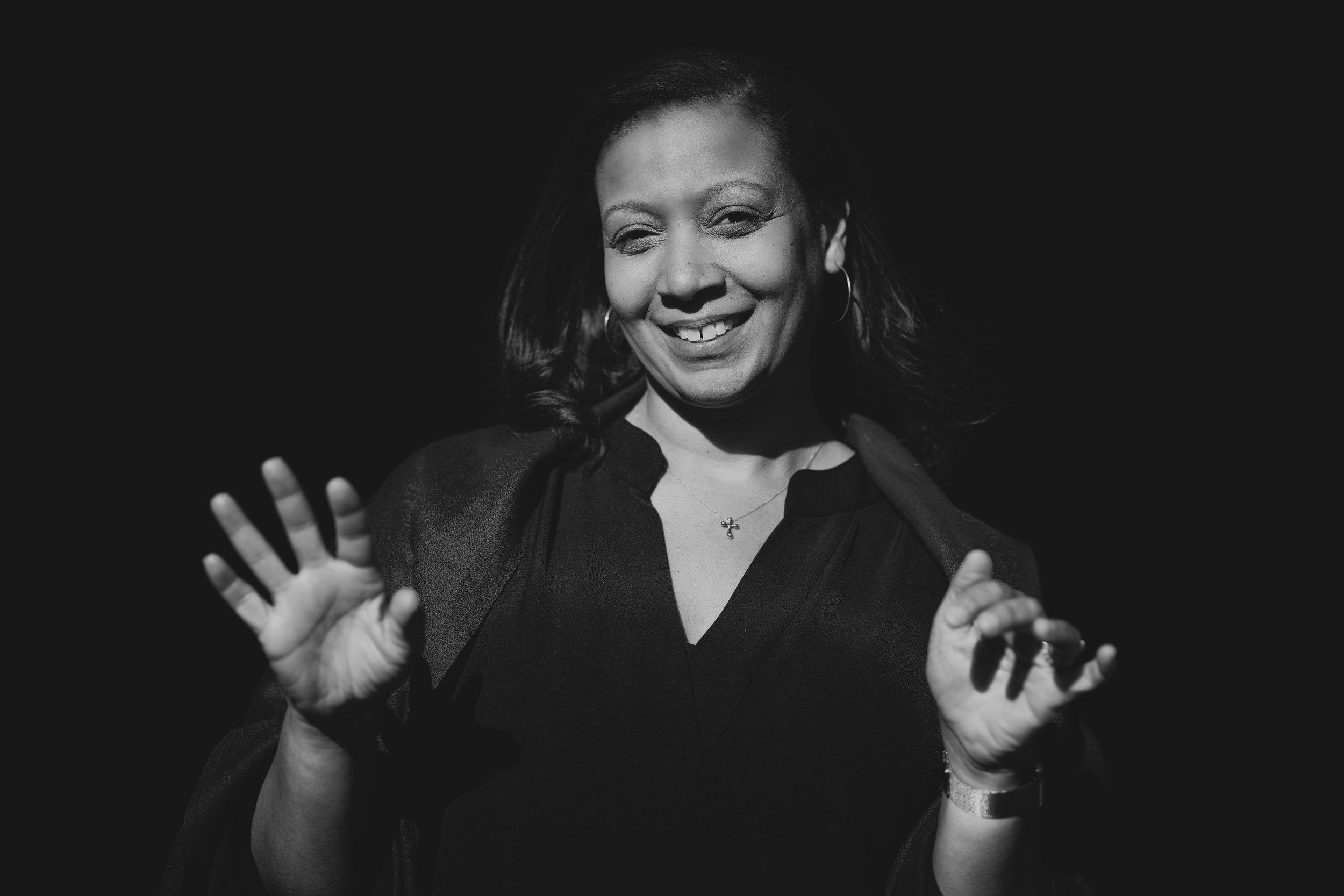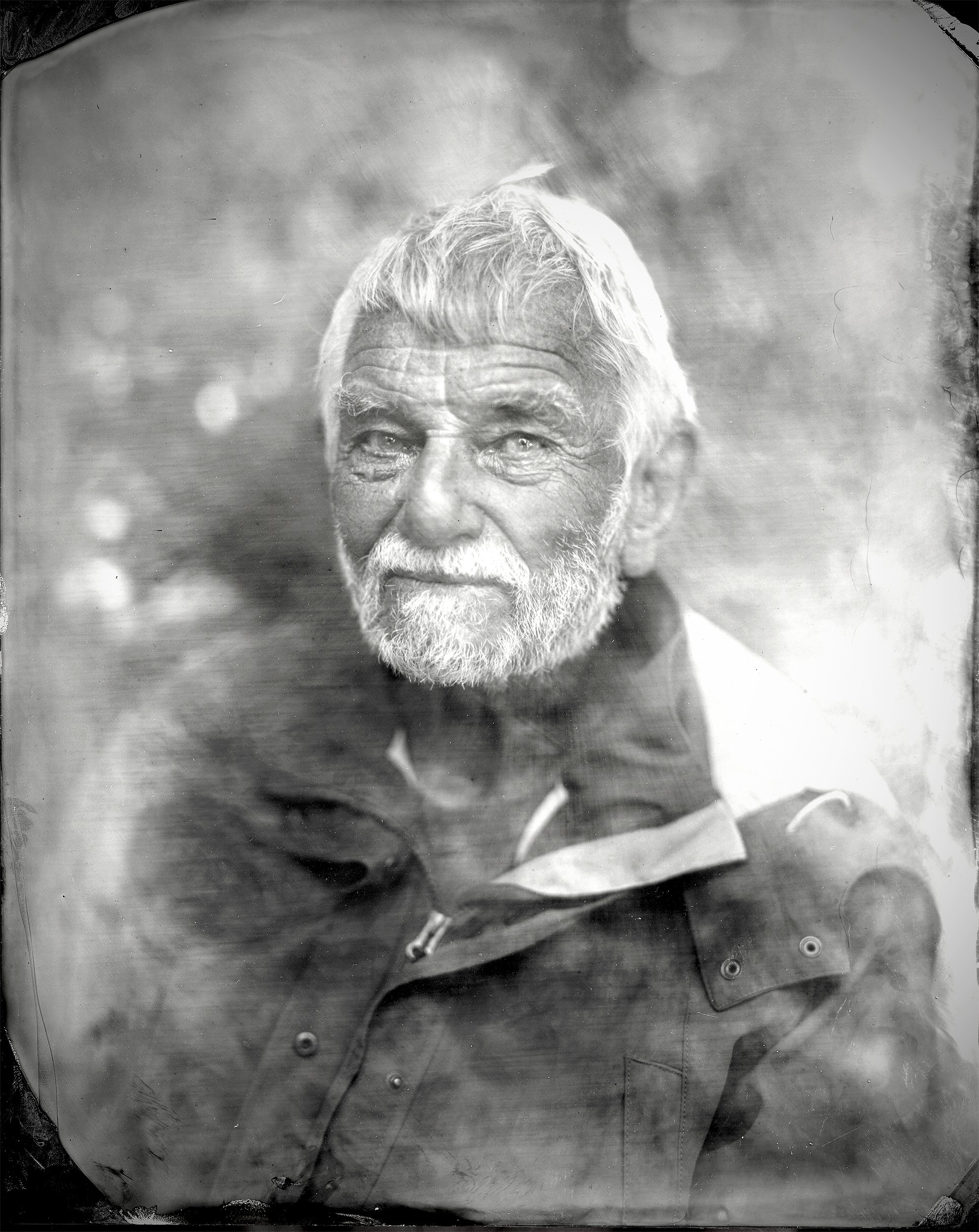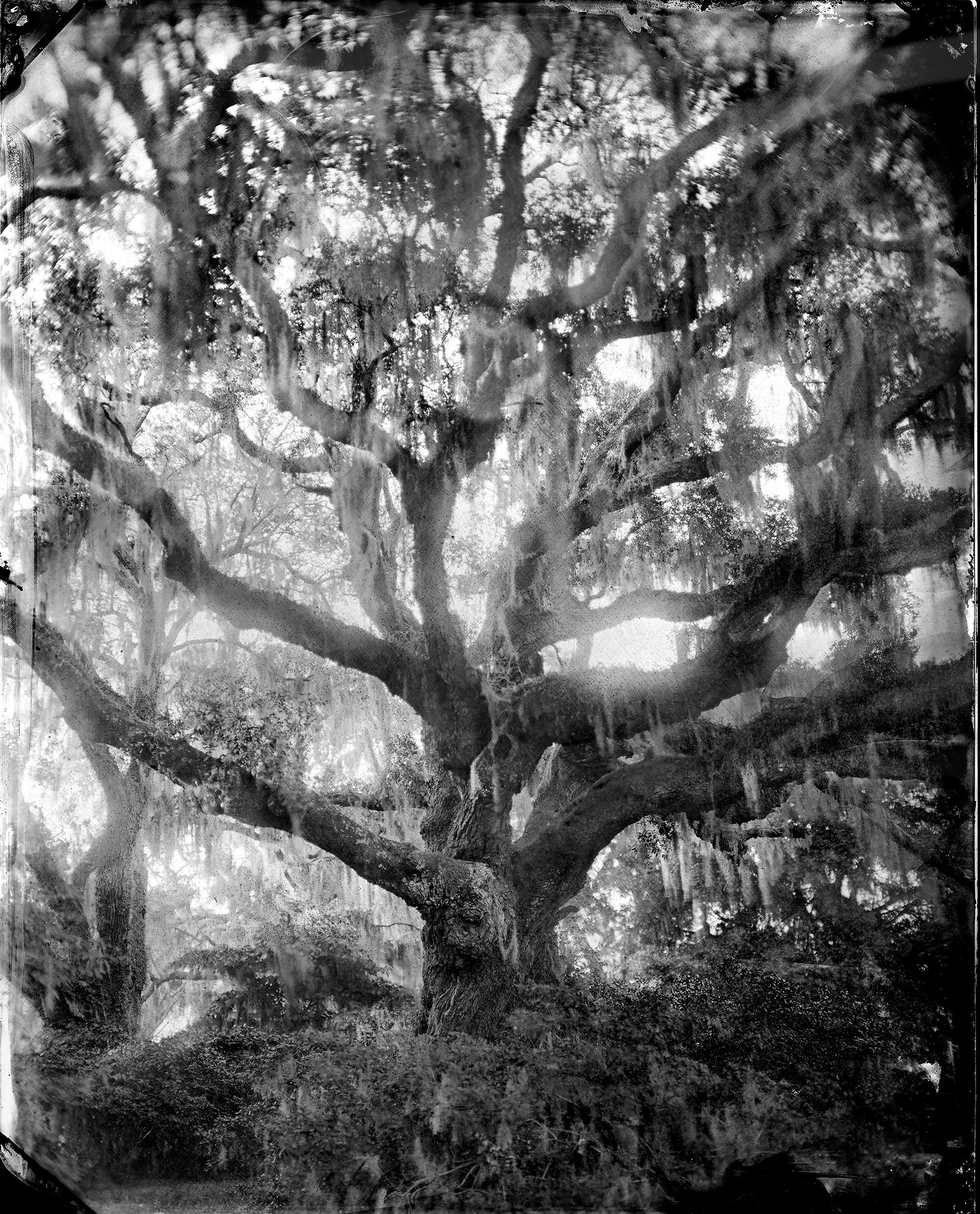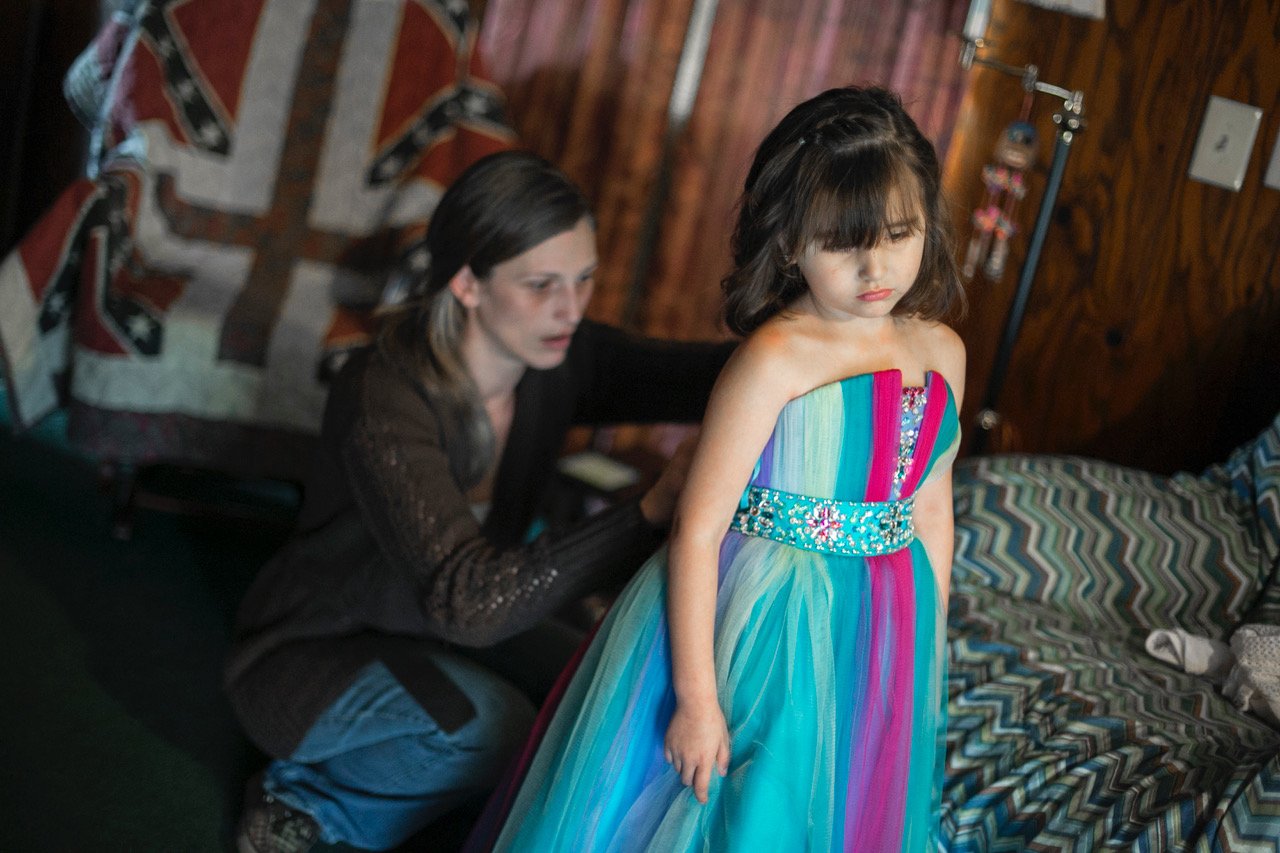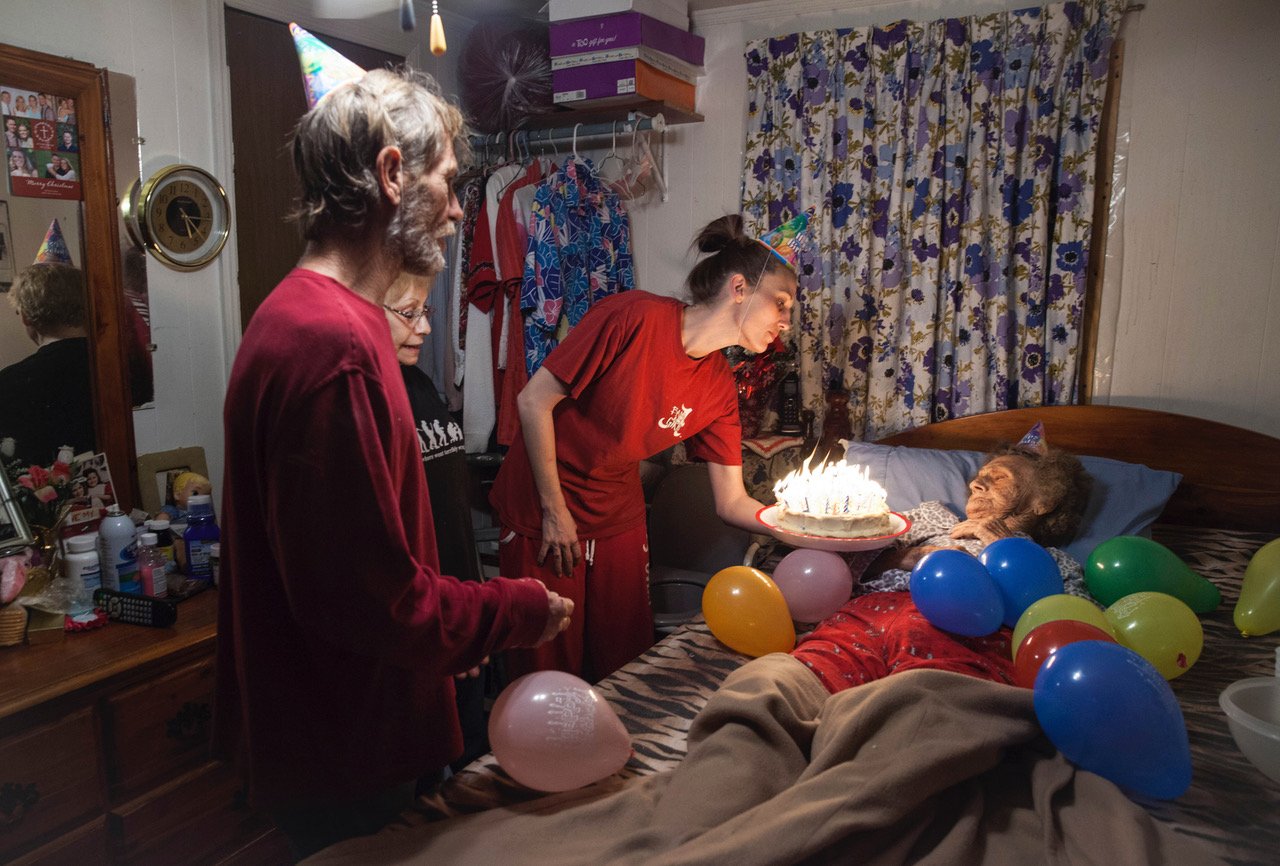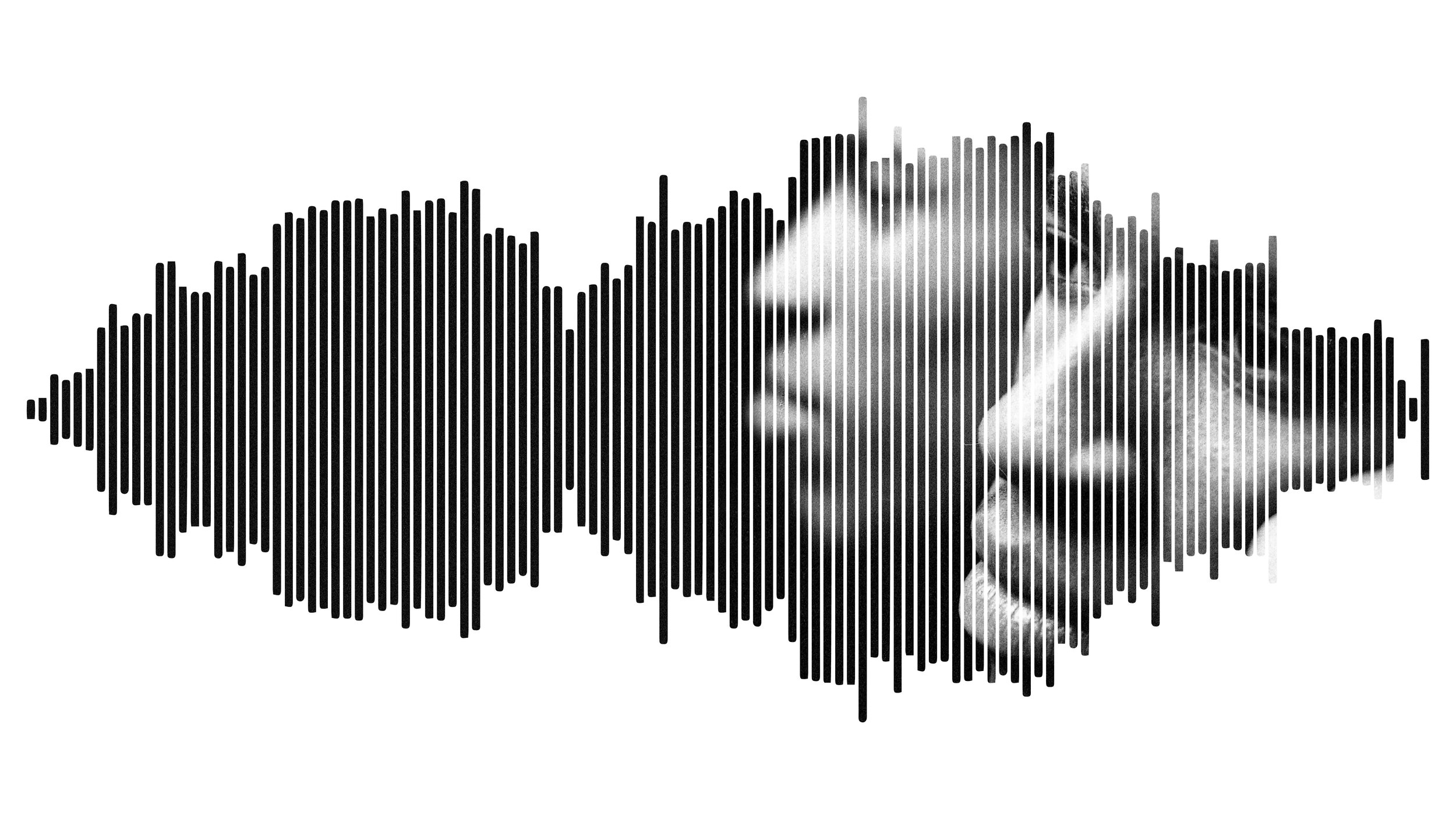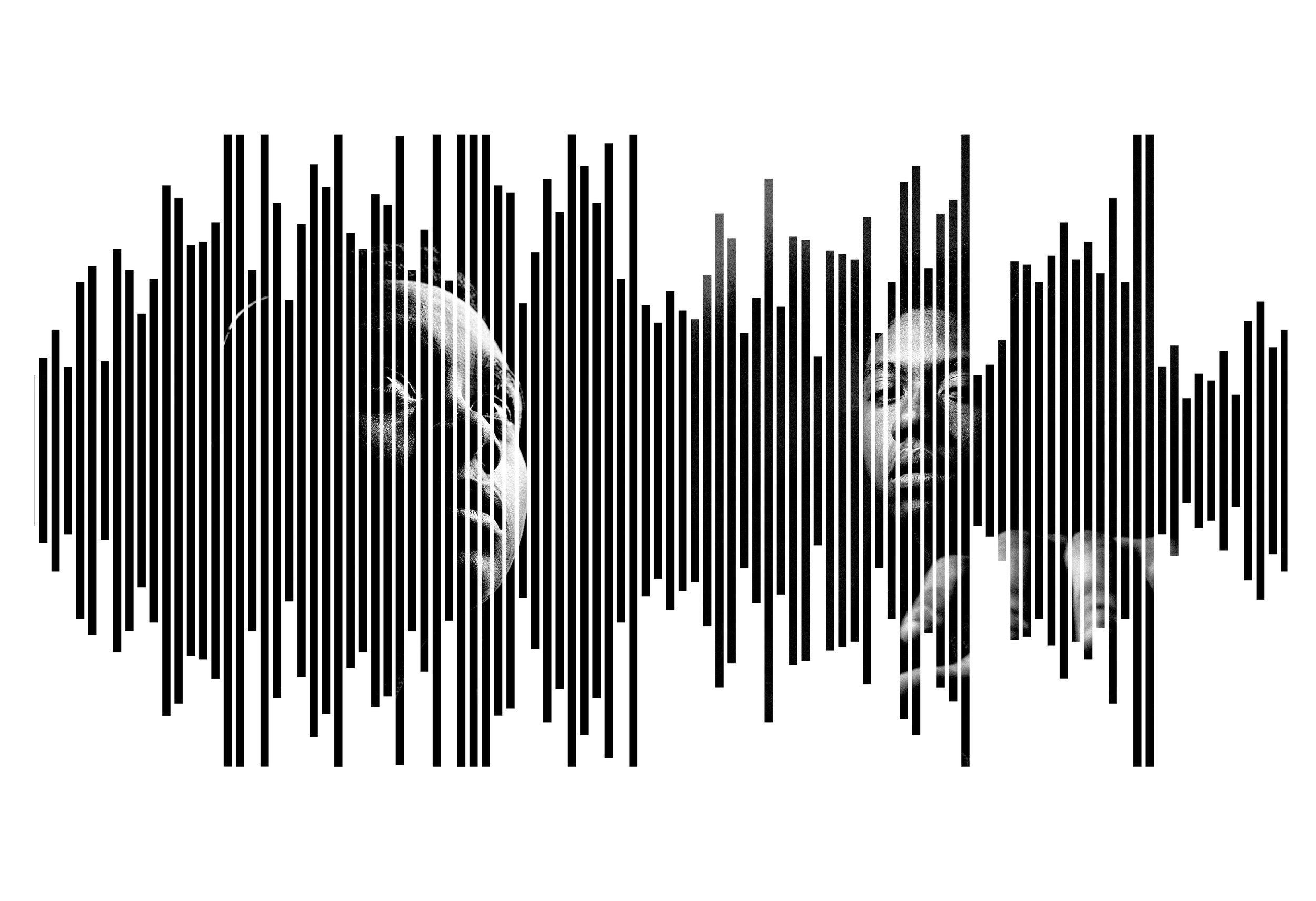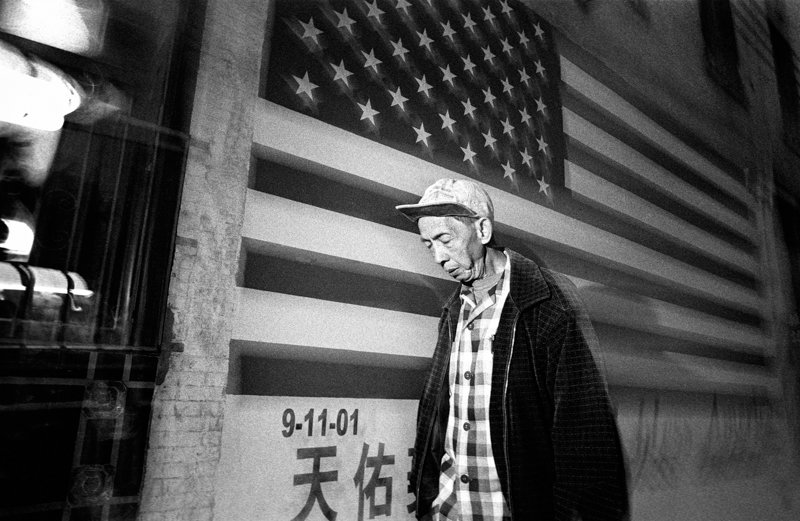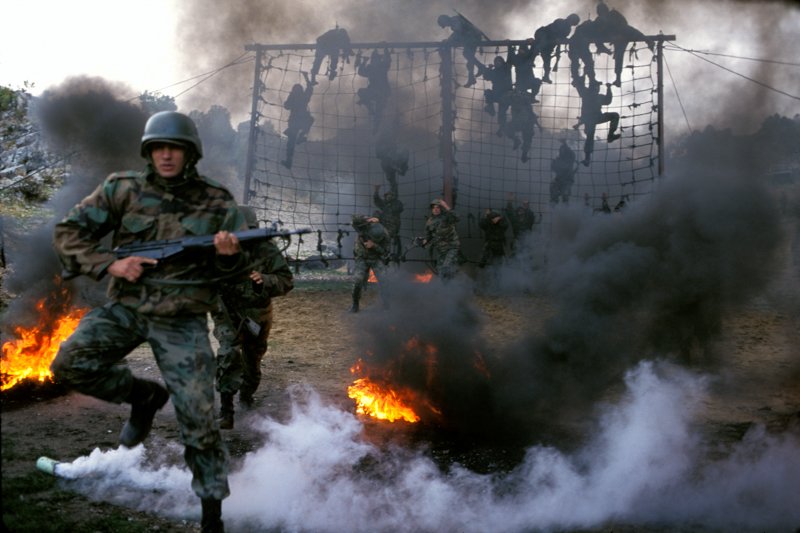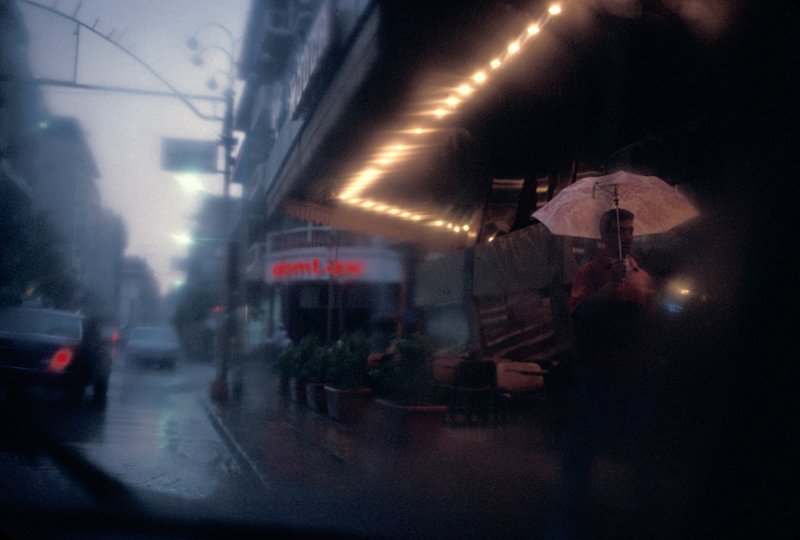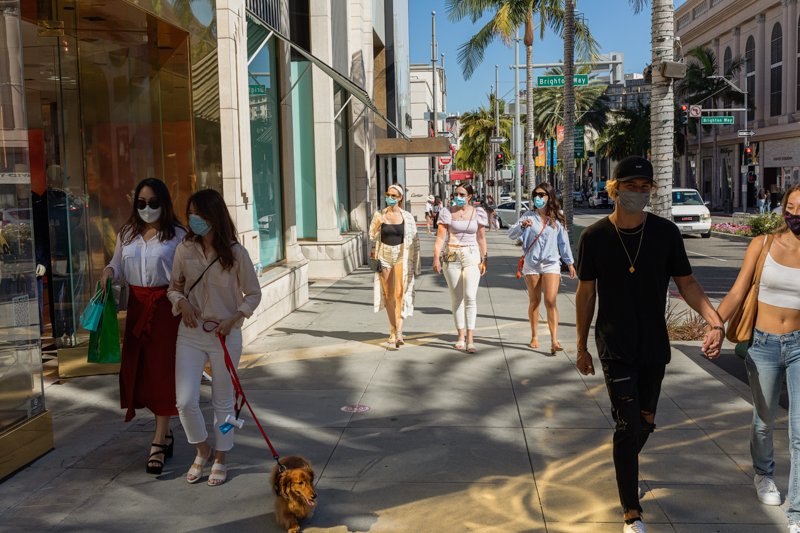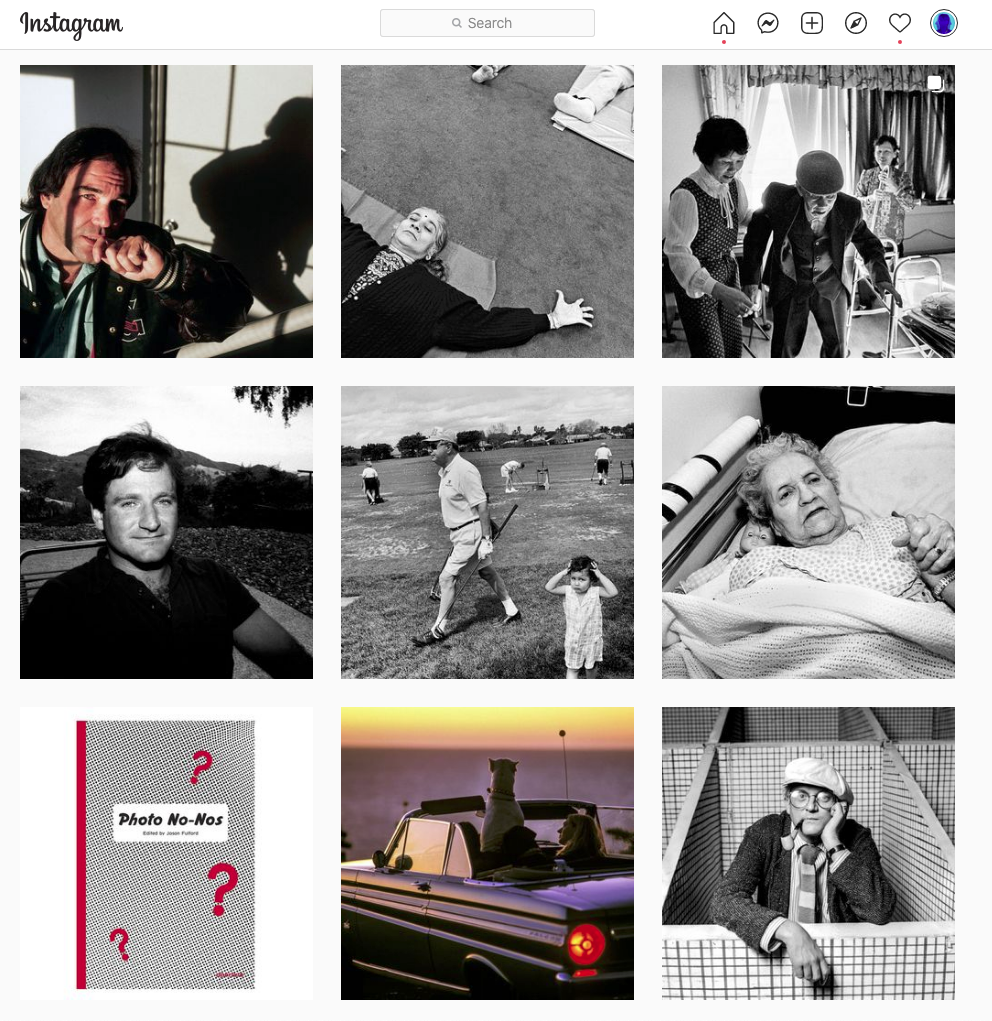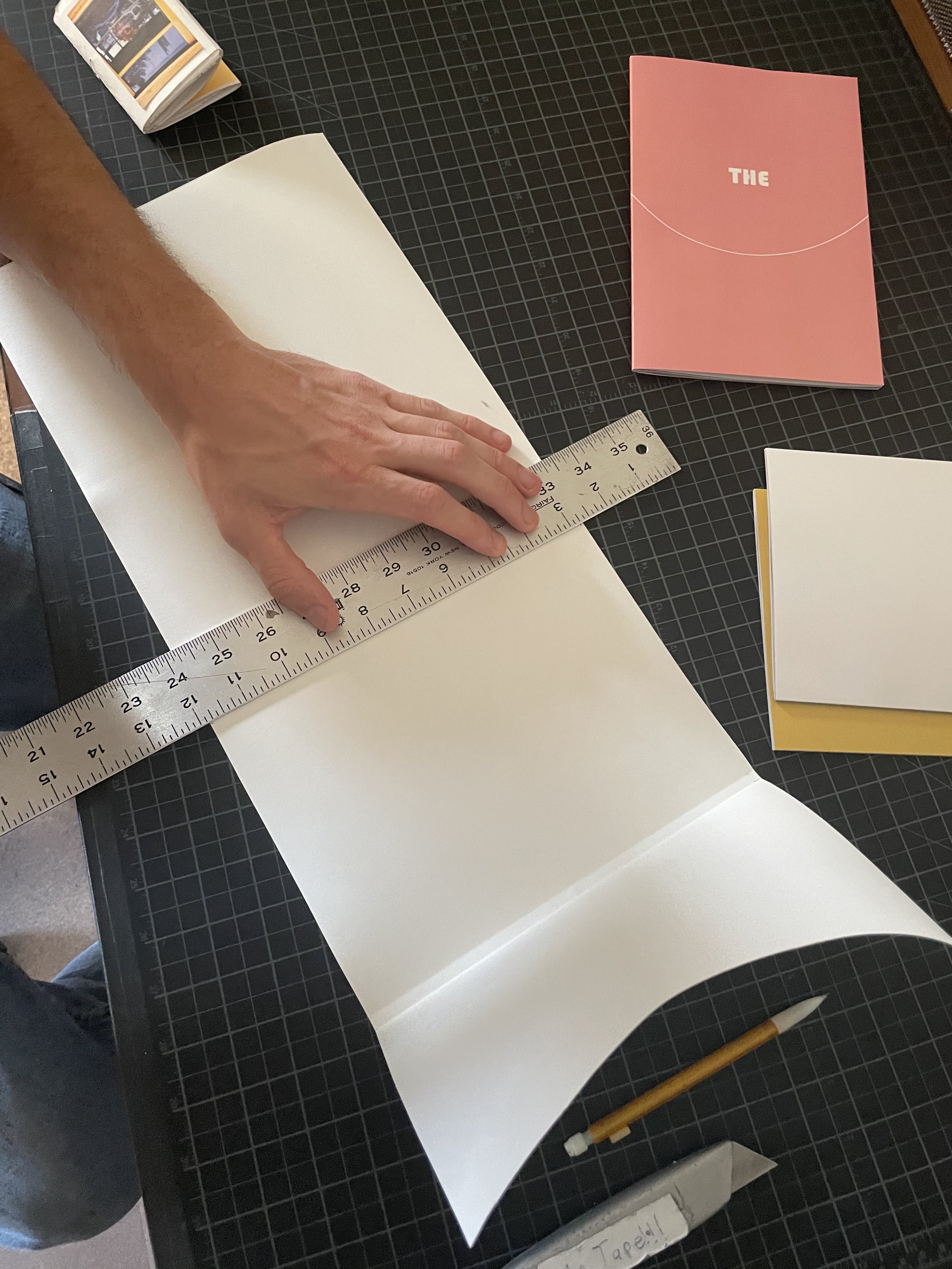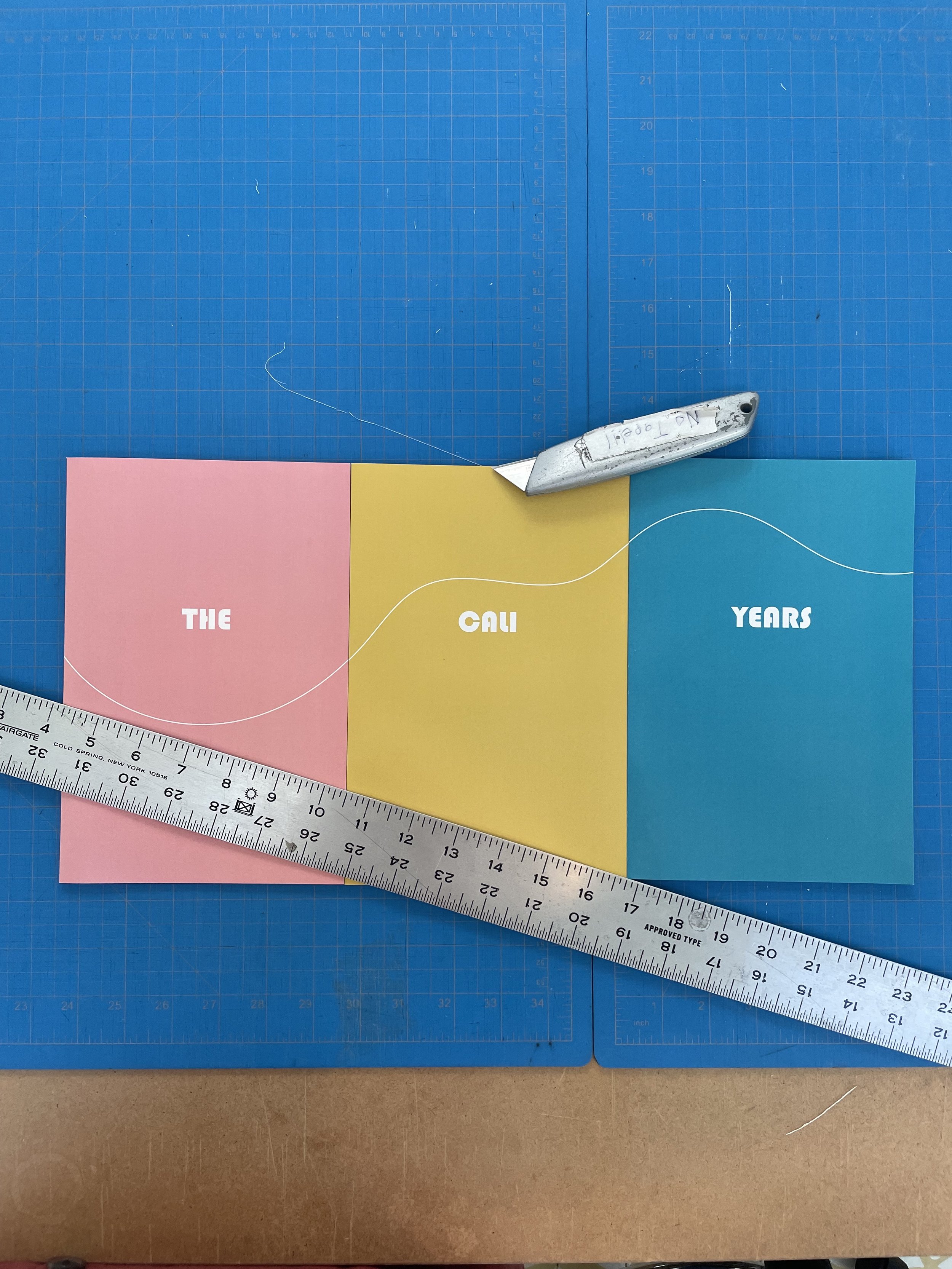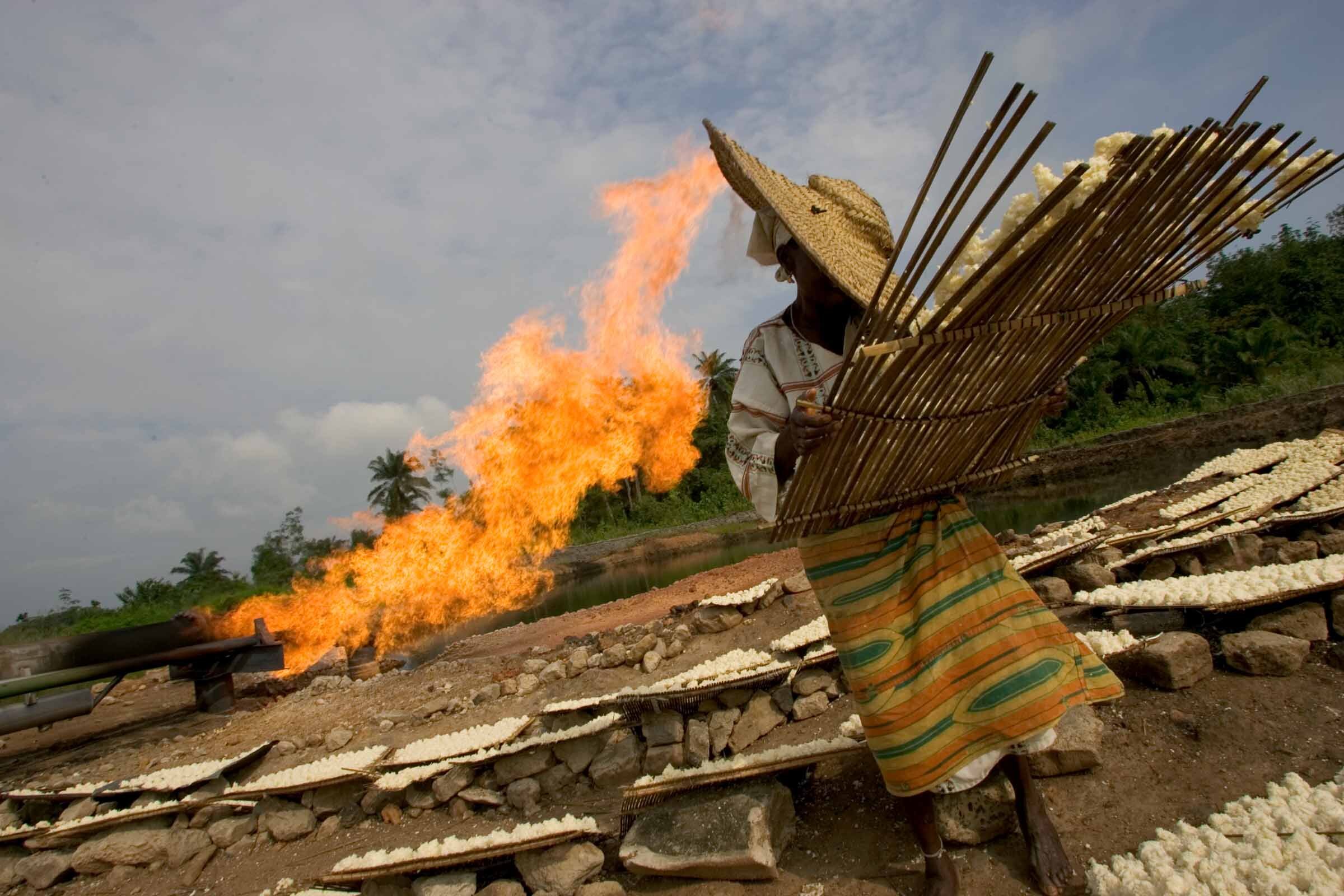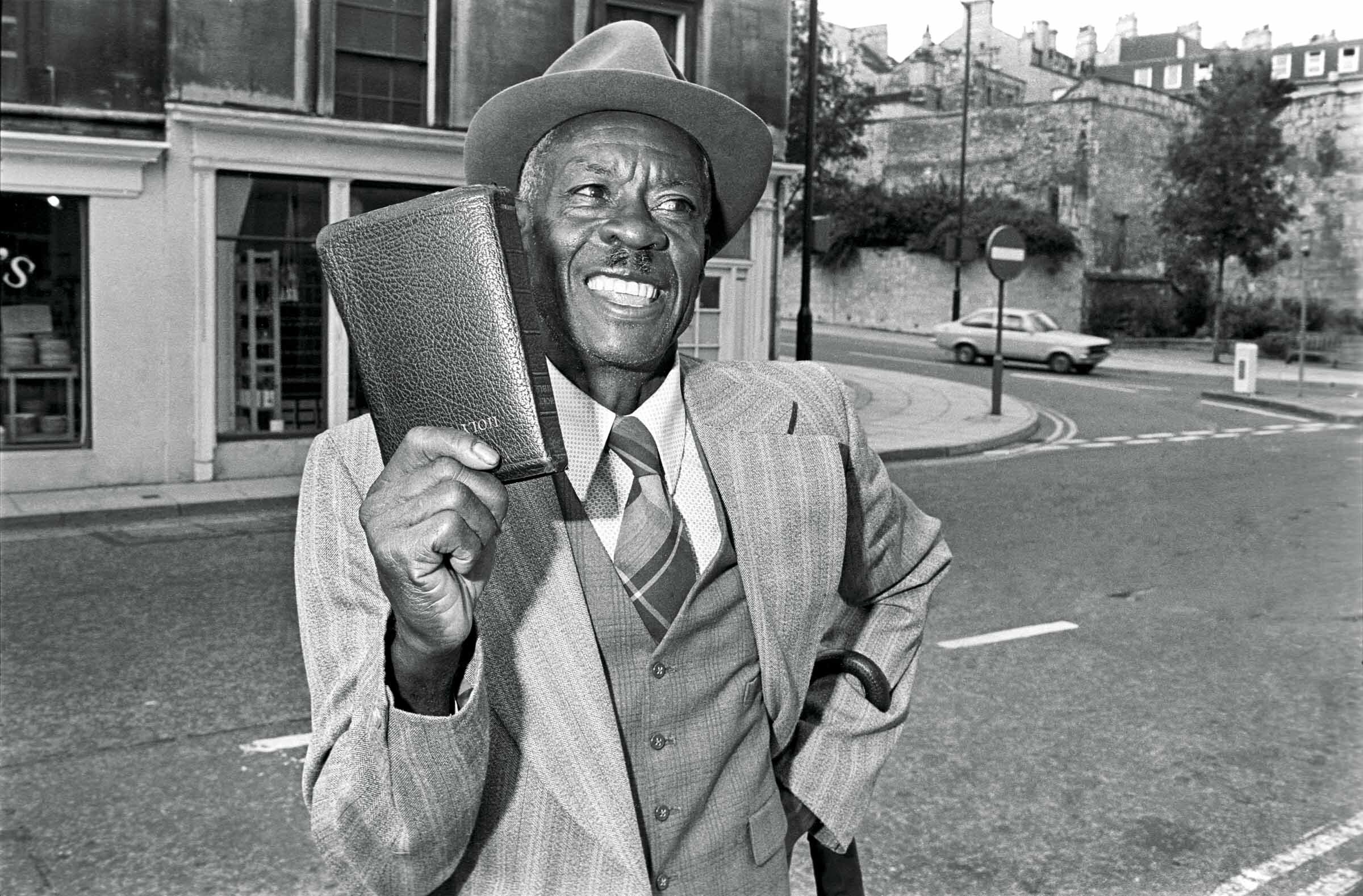A multimedia project exploring family ties, baseball, and the immigrant experience
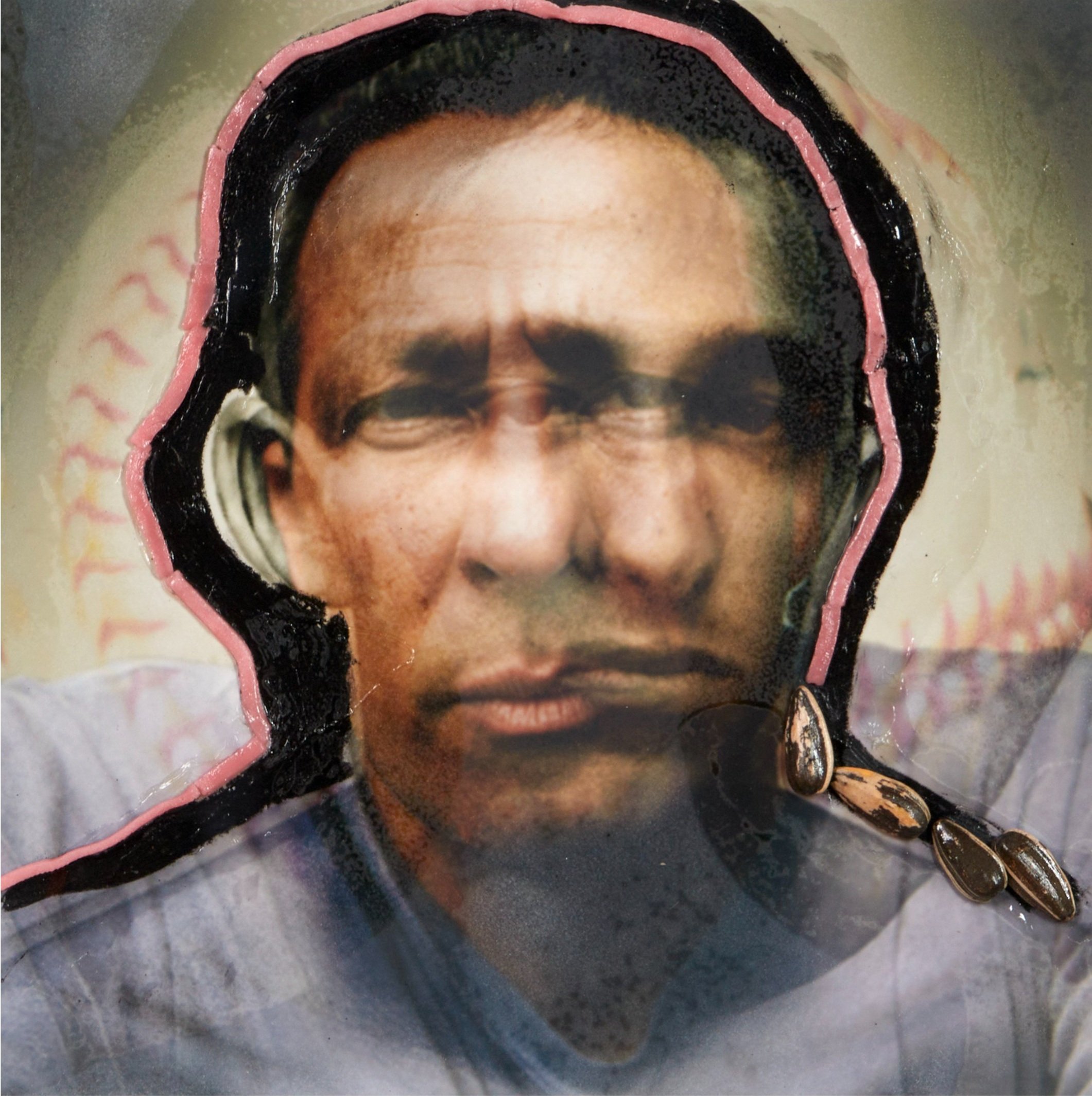
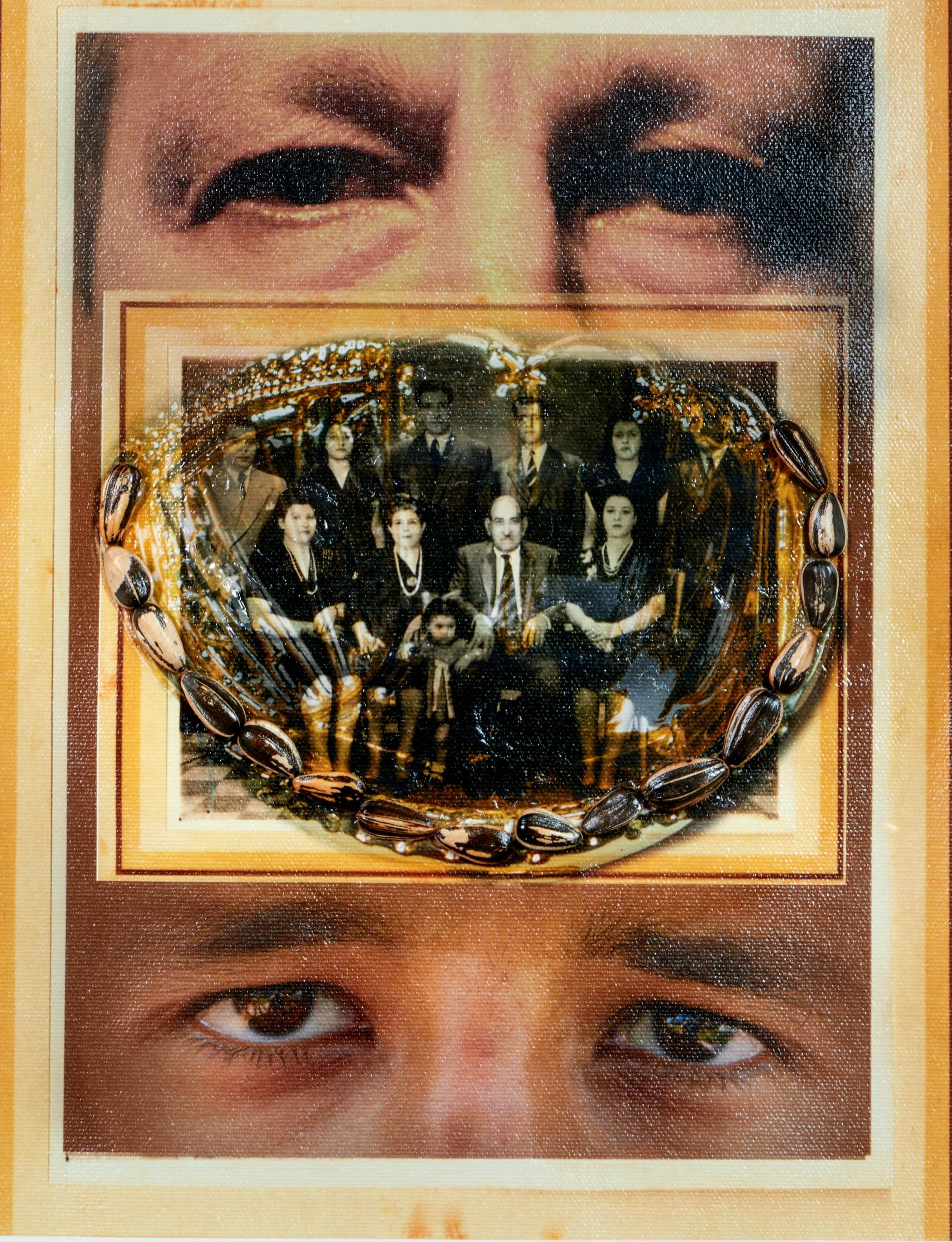
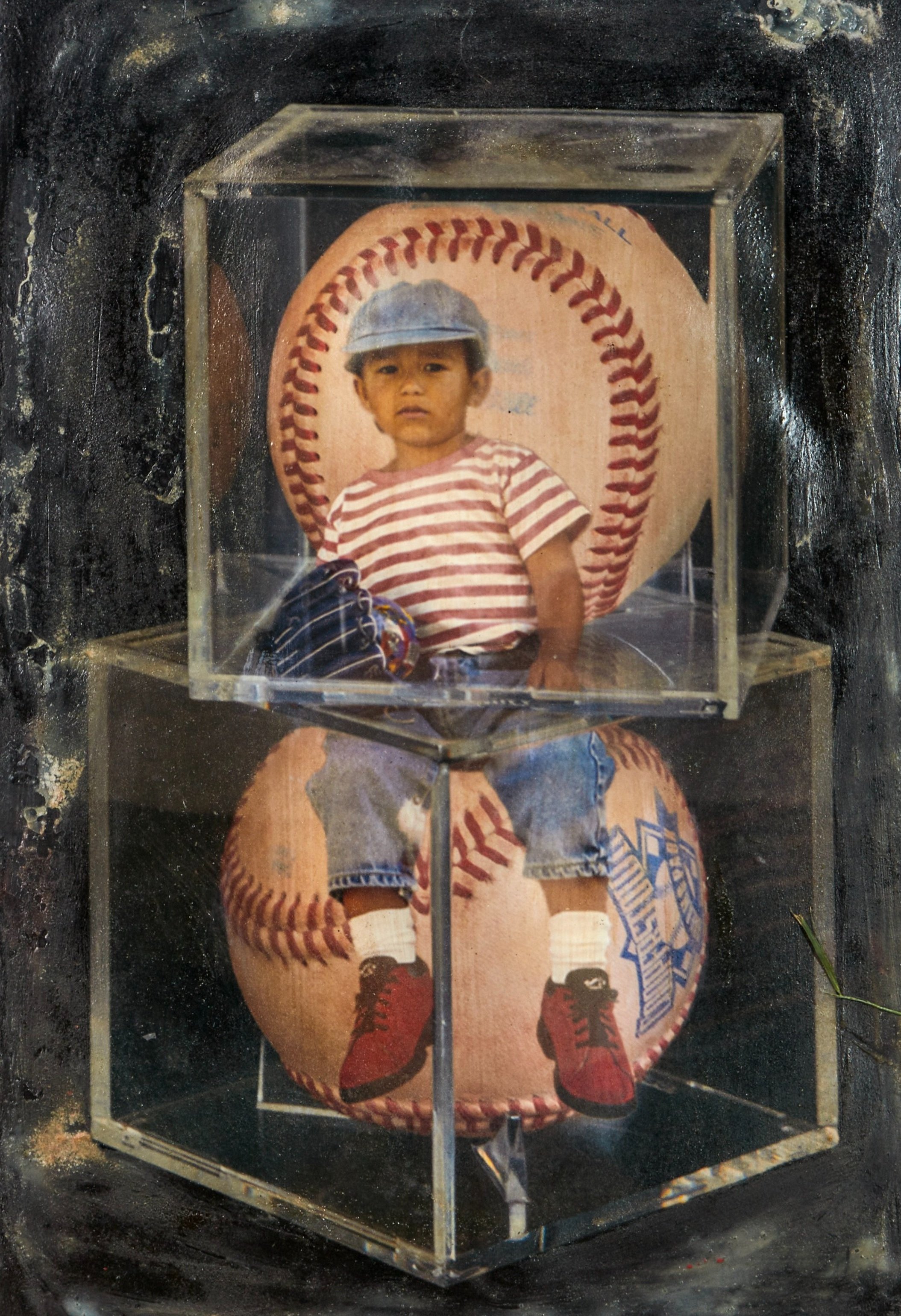

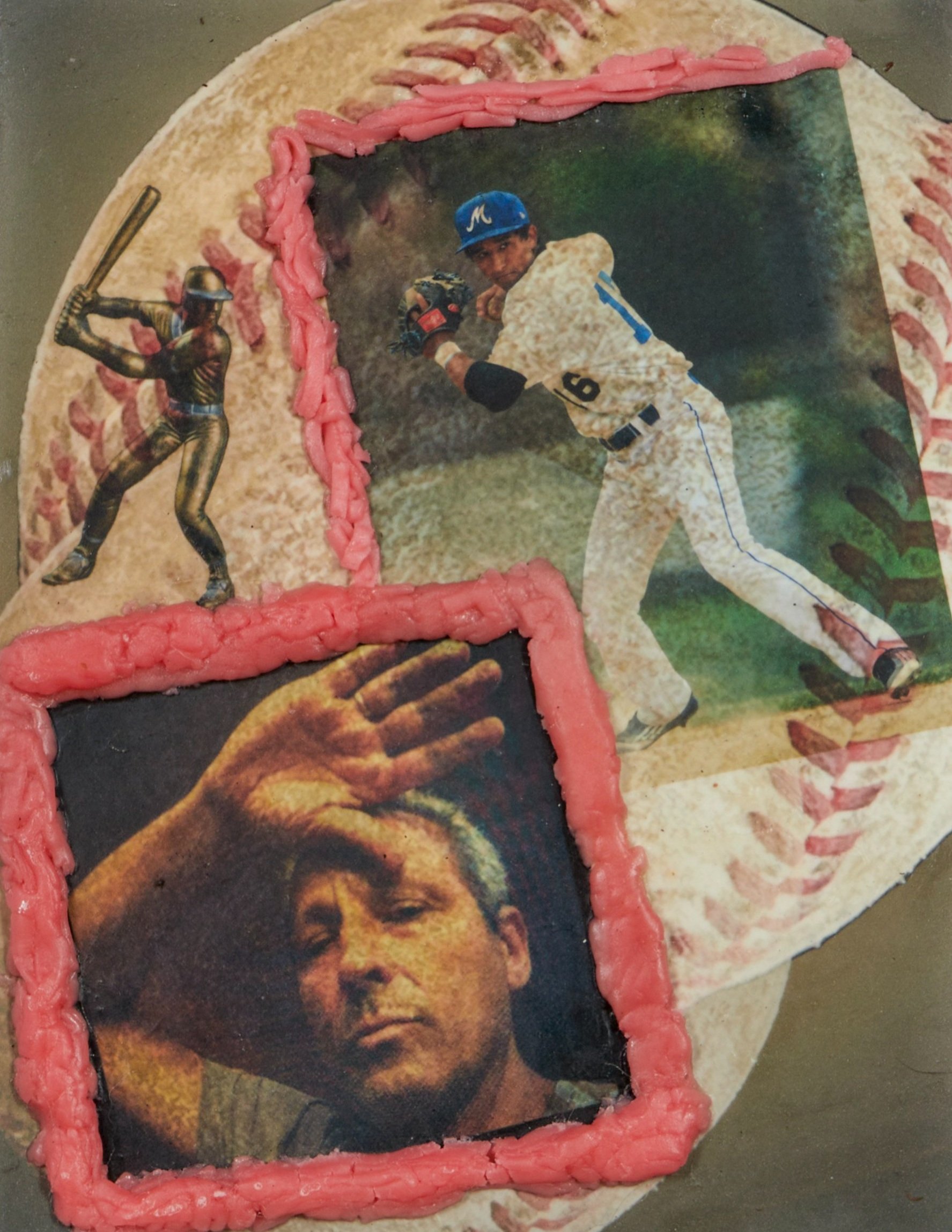
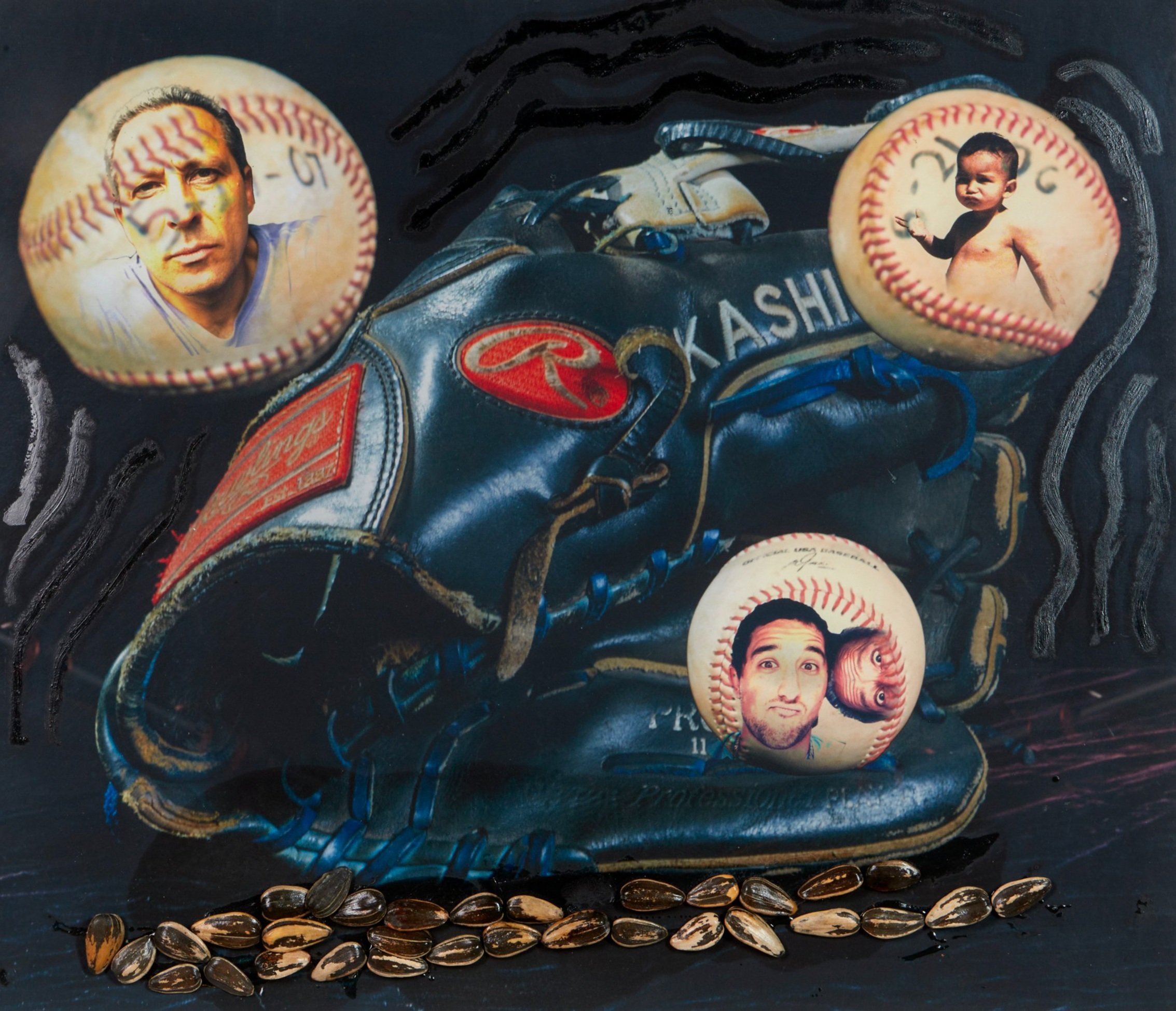
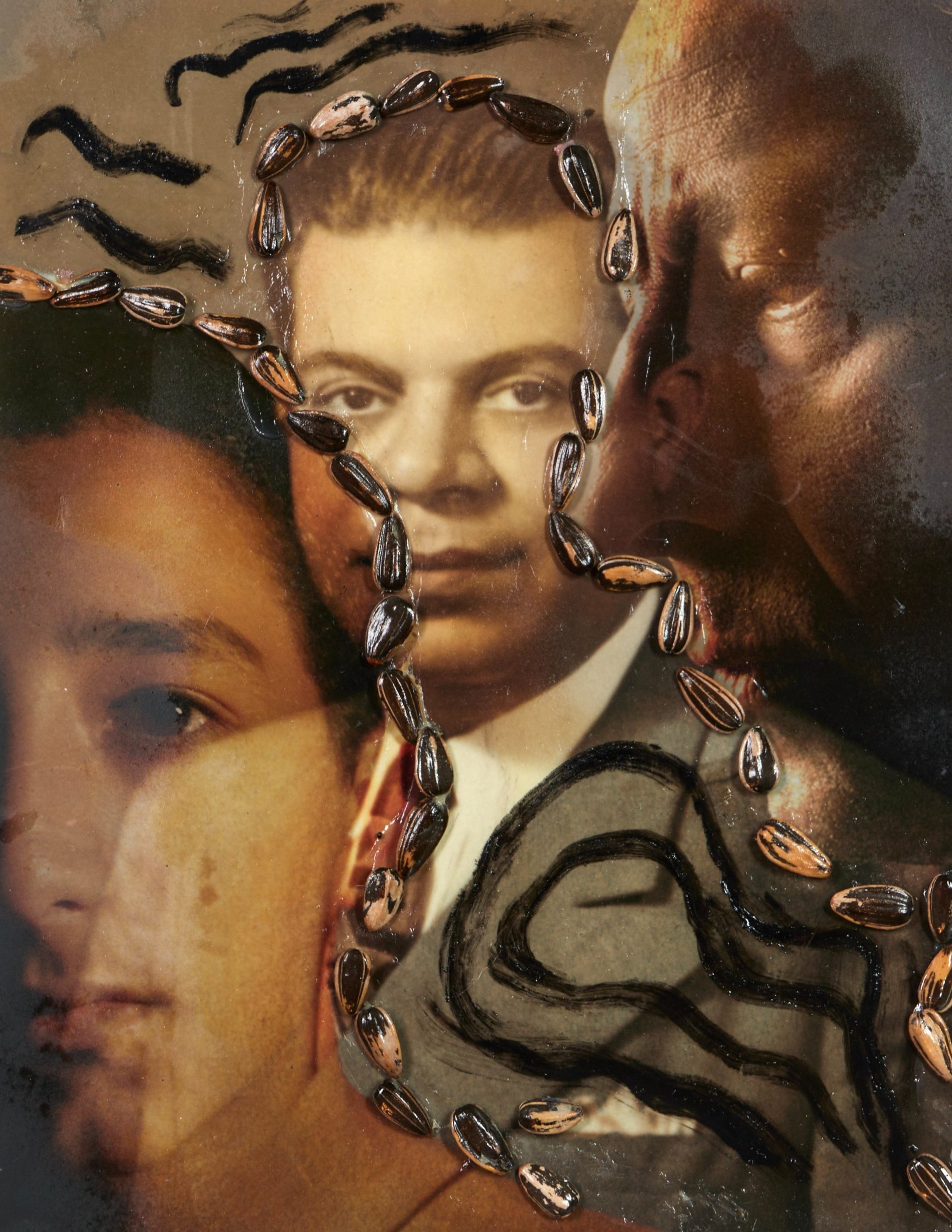
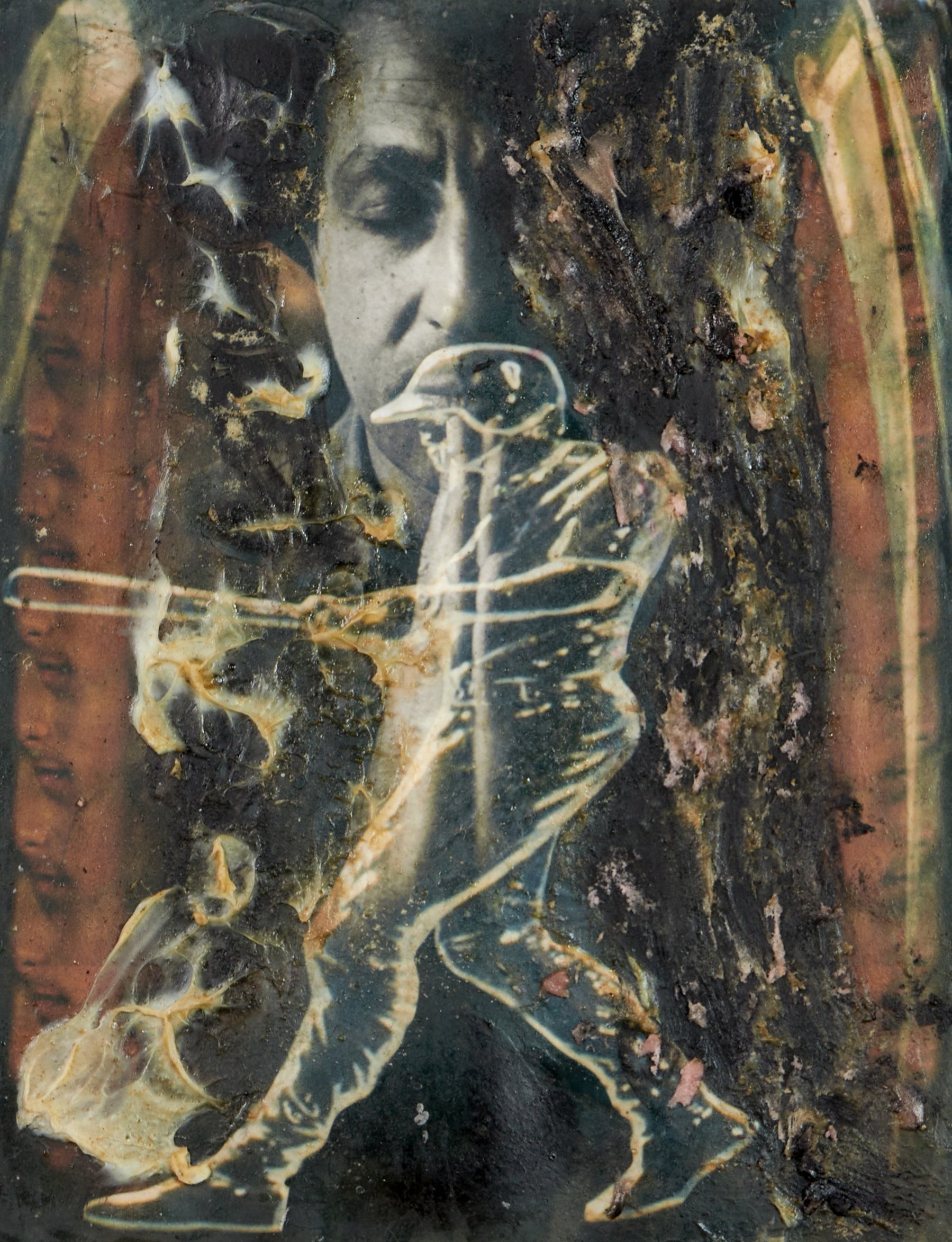
I’ve always had a restless type of creativity, wanting to push the bounds of photography and photojournalism, and to seek new ways to use my photographs as storytelling. In 2006, I created one of the first “flipbooks” based off my photographs taken in Iraqi Kurdistan on assignment for National Geographic. The photographs were edited together in a rapid, filmic succession creating a collage-like portrait that would foreshadow my venturings into the video world.
A few years later, in 2012, I would go on to create “Photojournalisms”, blending over 20 years of photographs with journal entries to my wife, Julie Winokur.
In 2017 I decided to create a non-linear, immersive video incorporating my vast video and stills archives, to create The Enigma Room, which premiered in 2019 at Photoville in NYC and has since been shown around the world.
Last year, I decided to venture into the unknown once again, this time creating a series of multimedia collages with my studio. The process that organically developed in my studio has exemplified the beautiful collaborations that are possible when open minds and creative desires are mixed. What started as a simple goal of producing collages out of archival imagery from my family, images of my son playing baseball, which was a 17-year period, and new images I made by photographing some of my son’s baseball ephemera, developed into a 3-way collaboration between myself, Mike Curry and Mei Seva.
The process started with me creating original combinations of digital images, which were enhanced and modified on Photoshop by Mike Curry. Mei Seva then added 3d materials like seeds and bubblegum, as well as liquids such as vaseline and shaving cream, to "paint" the printed out collages. The mixed-media collages were then photographed to create the final image.
All of the materials used to create the collages relate directly back to baseball and are used by baseball players all over the world. These include: pine tar, chalk, beard oil, sunflower seeds, body butter, shaving cream, vaseline, chalk, eye black, spider tack, bubblegum, and gripping spray.
These collages express my relationship to baseball, my son, my immigrant family, and the murky memories of a first-generation American’s childhood. It’s also an exercise in something I cherish about the creative process, collaboration.
The final pieces represent a visual memoir of my obsession with baseball, my family, and being an assimilated immigrant.









